
In June 2022 I cycled from the source of the River Rhine in the Swiss Alps to the mouth at the Hook of Holland, 1378 km over 18 days. From the narrow, high energy, rushing white water alpine source to the steady, slow and powerful current meandering in lowlands, the river and this route has many stories to tell. The Rhine effortlessly combines multiple roles: as source of leisure with people swimming, cruising, floating and lazing around, as a more gritty industrial transport system, as a hydro-electro power source and as a place of nature conservation. It effortlessly criss-crosses national borders around Switzerland, Austria, Germany and Lichenstein, sometimes in the same day, wonders into France and then lazily oozes into Holland and the North Sea. I mostly followed the Euro Velo 15 route.
Determined to avoid flying if possible (which anyway has its own set of obstacles with a bike), it took six trains and a ferry (Dover UK to Calais, France) over two days to get from Totnes, Devon, UK to Oberalppass, the source of the river in Switzerland. Booking and completing these journeys took some determination with the upside being beautiful train rides this region of Western Europe. Some UK train companies are probably the worst for cyclists (hang your heads in shame GWR trains); a positive exception in the UK being South Eastern Trains from London to Dover with their walk on spacious cycle space coaches. French trains were hit and miss, plenty walk on cycle room on TER’s (local regional trains) it seems, more complex on some other booked services, but at least possible. Swiss trains – amazing for cycles! Of you course like everything there you pay for it in Switzerland, but it was almost worth it.
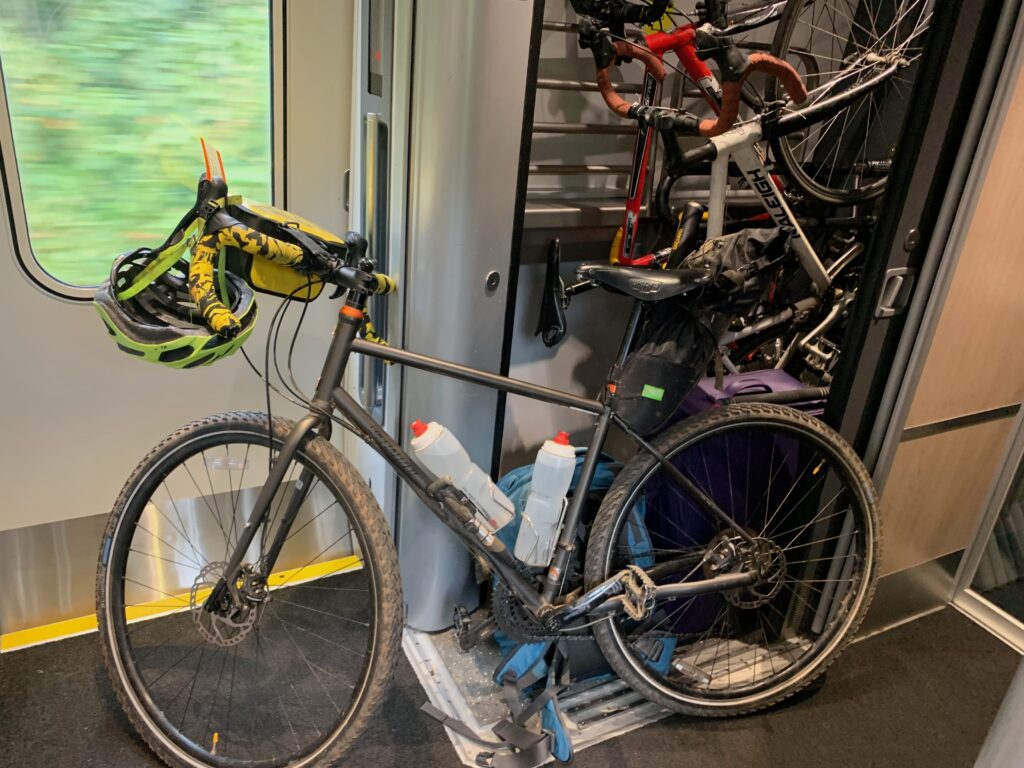
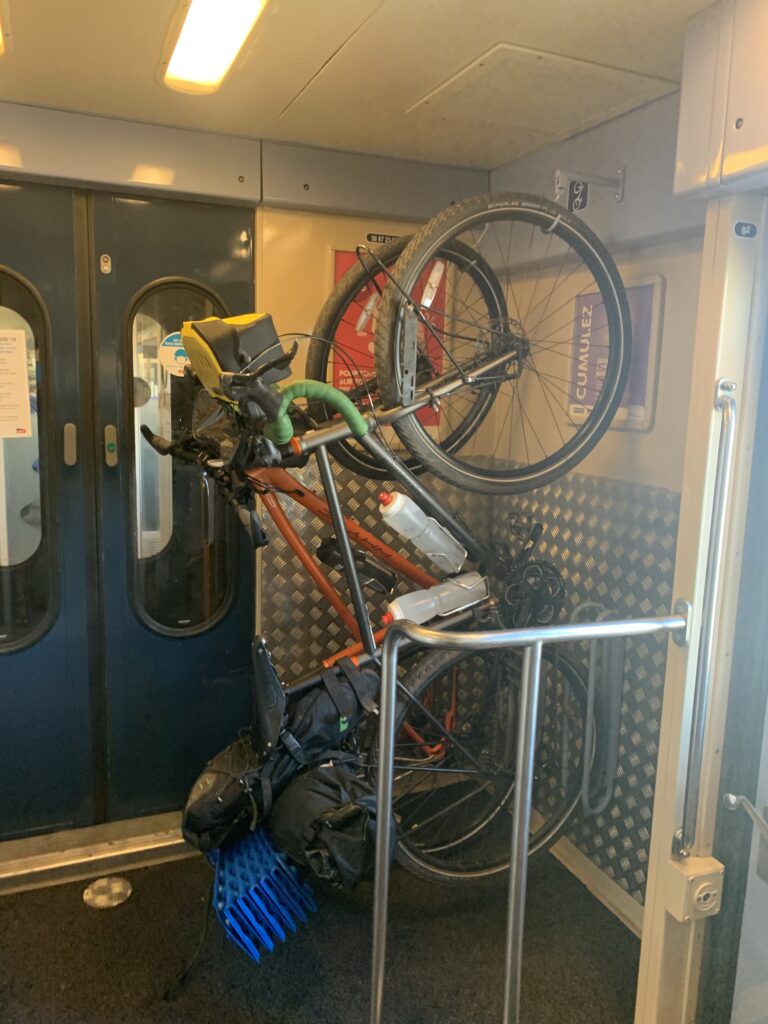
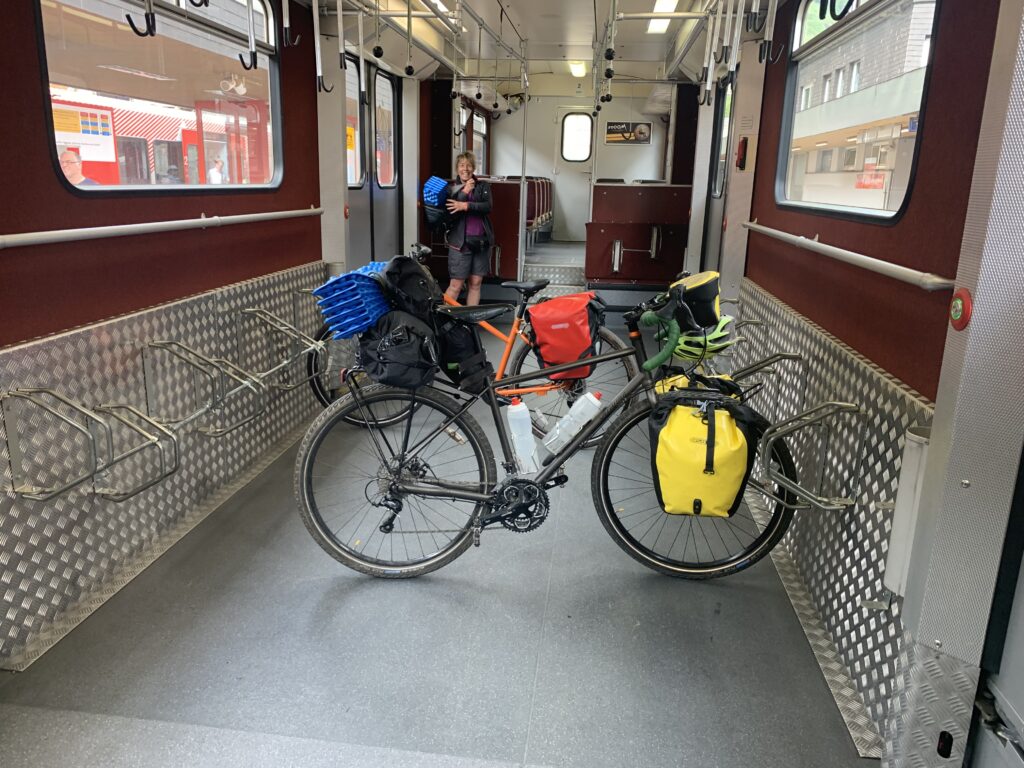
On arrival in Oberalppas, it was a freewheeling downhill for at least the first 20 kilometres through stunning alpine scenery and tiny villages relatively untouched by the modern world. Most of Switzerland speaks German, French or Swiss, but there is a small ethnic group in this region called the Romansh , who have their own nationally recognised language, seemingly a form of proto Italian from the Roman Empire period. There are distinct small pockets where everyone seems to have black hair.
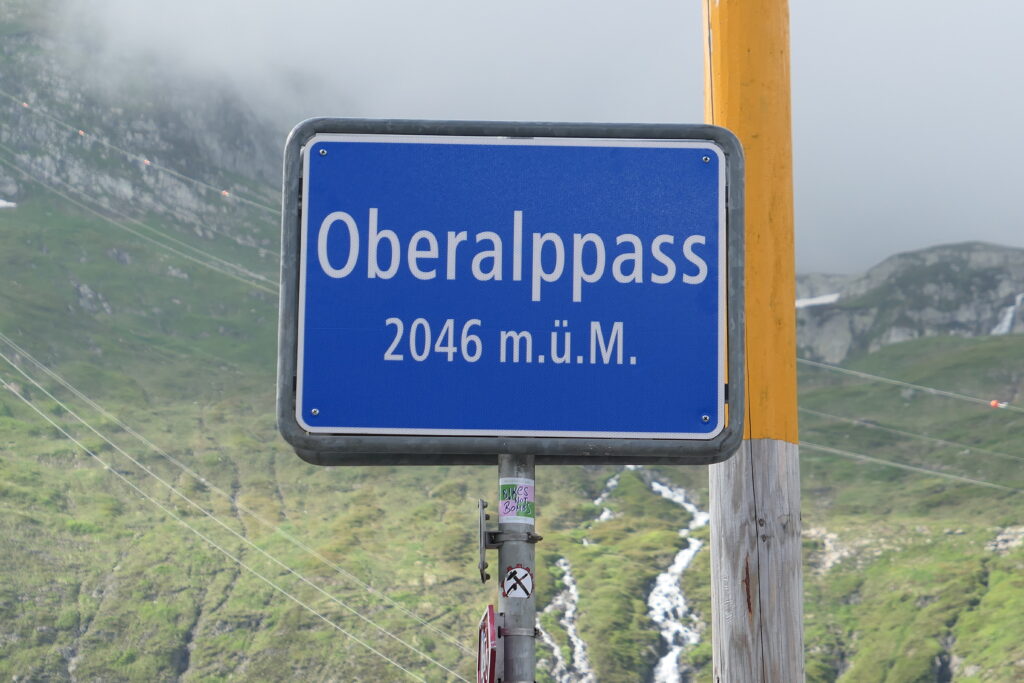
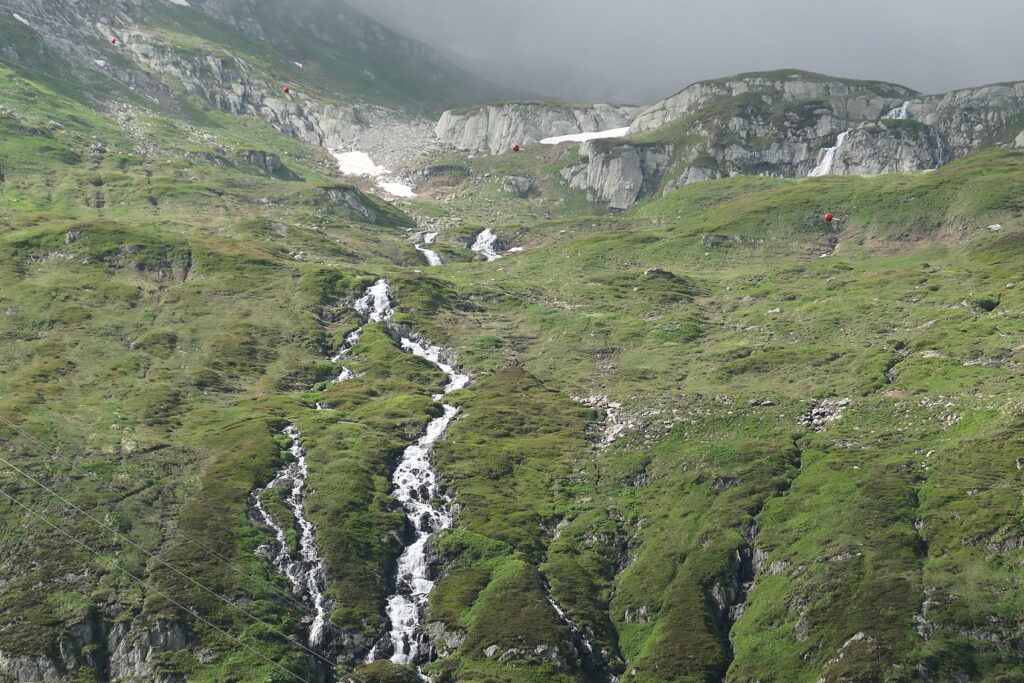
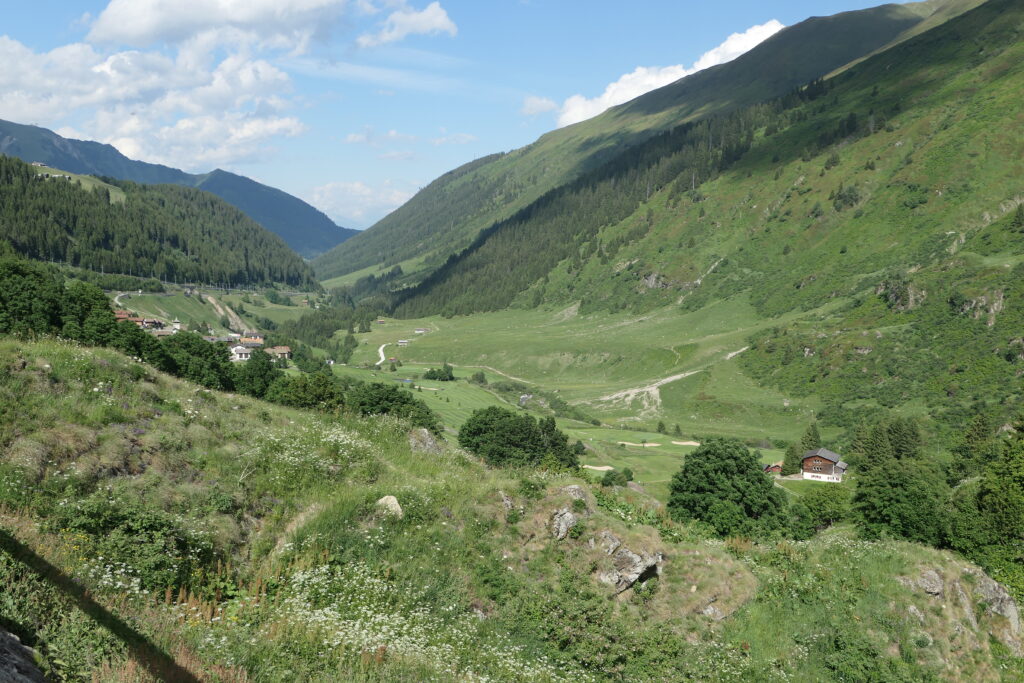
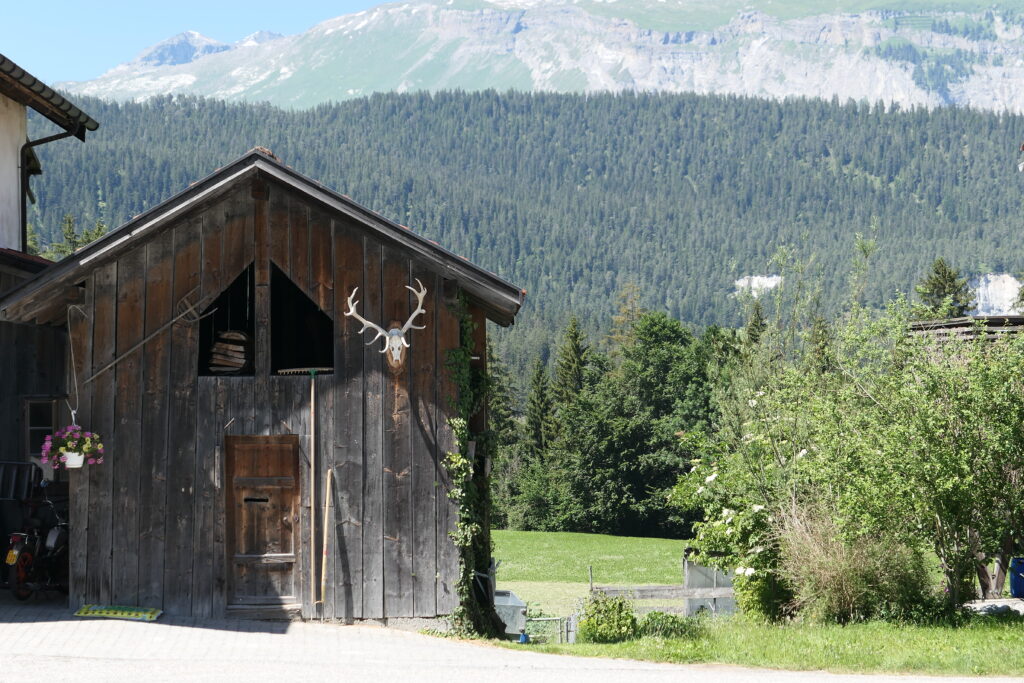
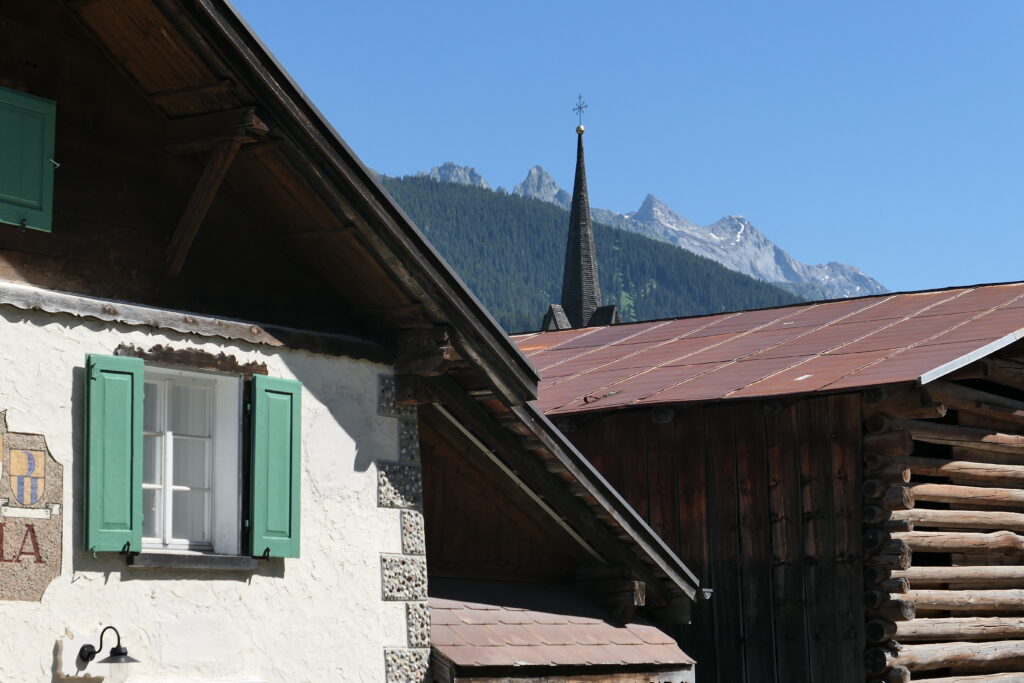
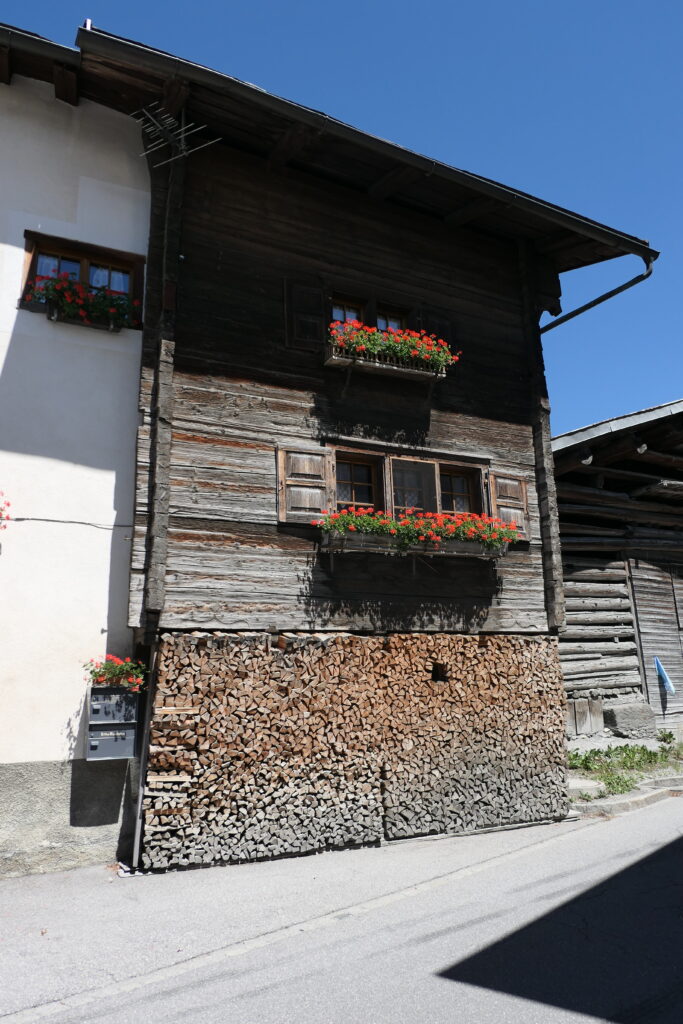
Switzerlands beauty and order costs, about one third more than the rest of Europe, so camping and supermarkets for food it was. In general over the trip two of us split accommodation between camping around 50% of the time and hostels, AirBNB and what ever popped up on Google maps and Booking.com for the rest.
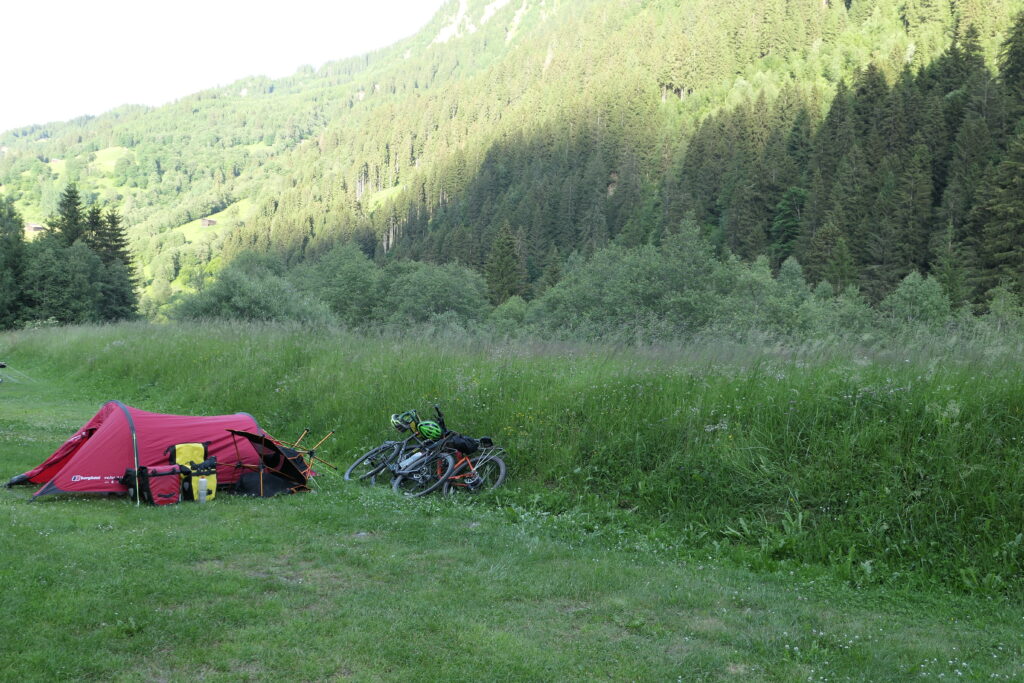
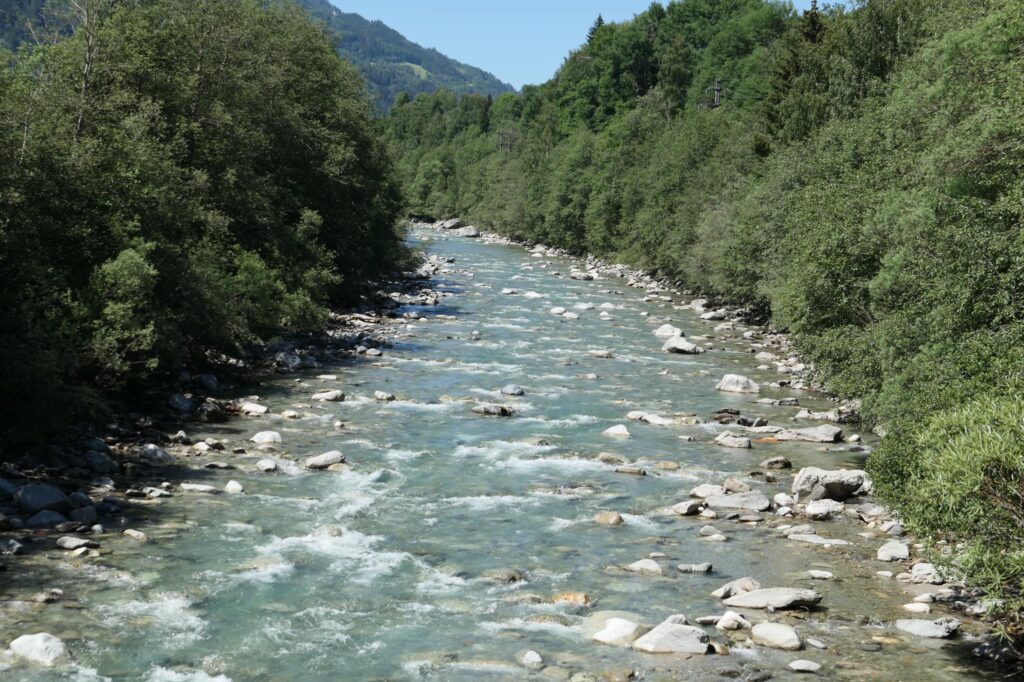
Into lowland Switzerland the temperature hit 40 degrees C, so we had to stop, set up camp and join the locals floating in the river until it cooled a little.
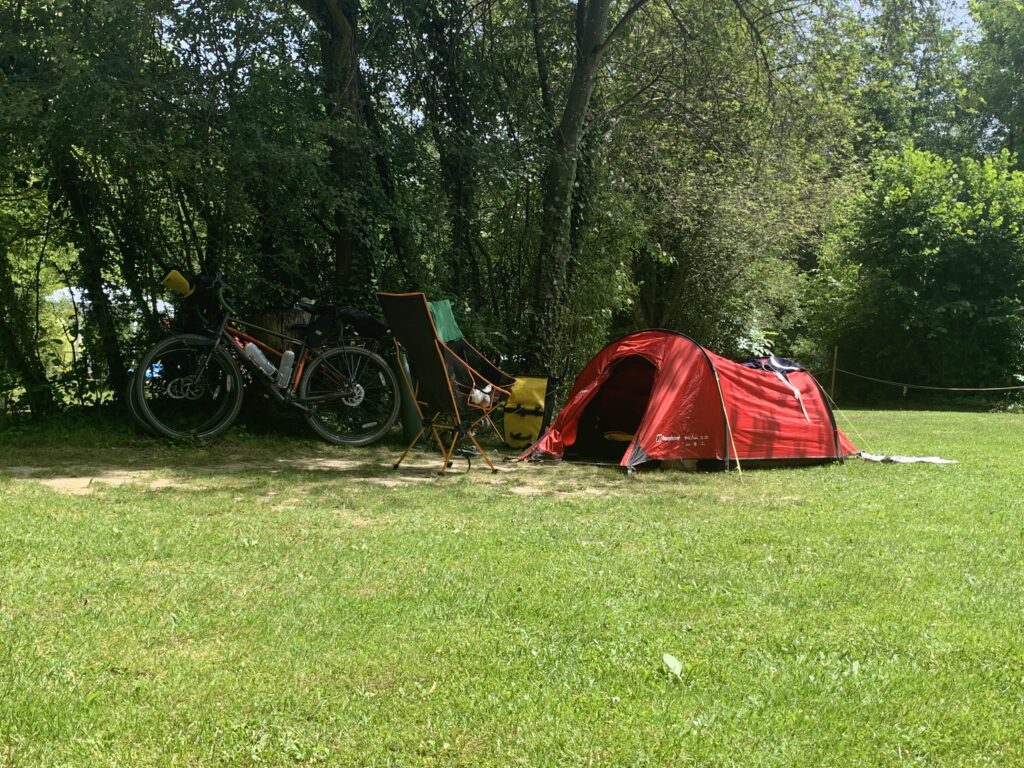
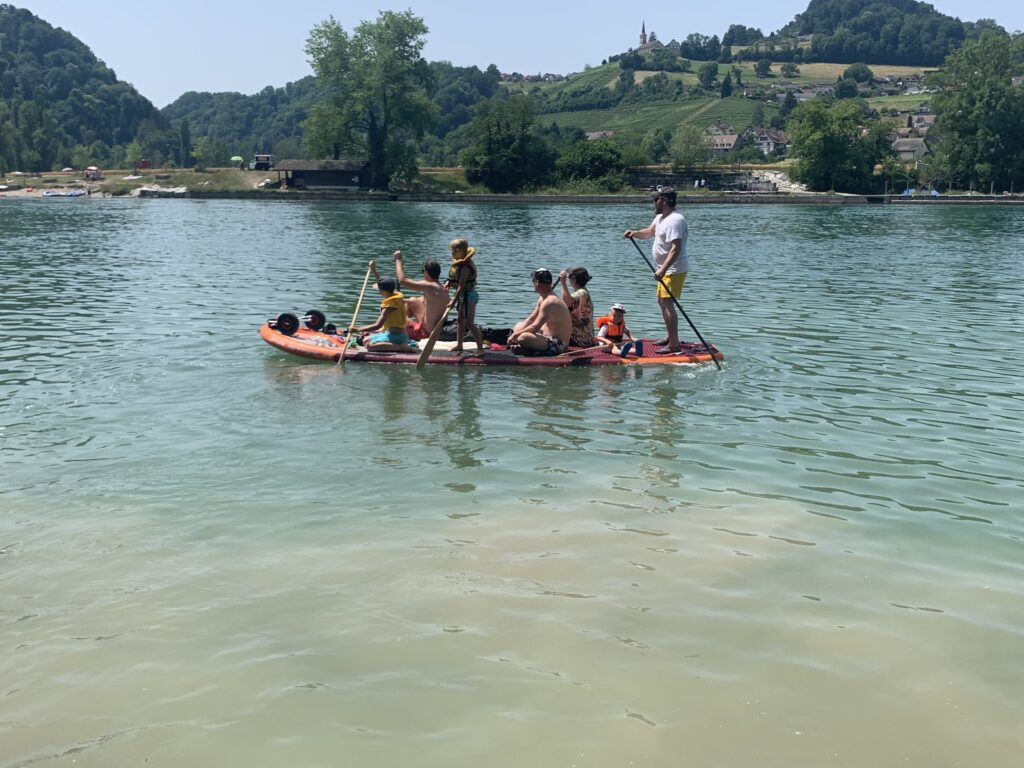
As the weather cooled a little we moved further into the Swiss lowlands. Weaving through national borders (no passport checks), on past Lake Konstanz where all accommodation was packed due the Catholic Corpus Christi holiday; luckily someone kindly let us share their pitch on a campsite beyond the lake as it got late that day and literally everything was full.
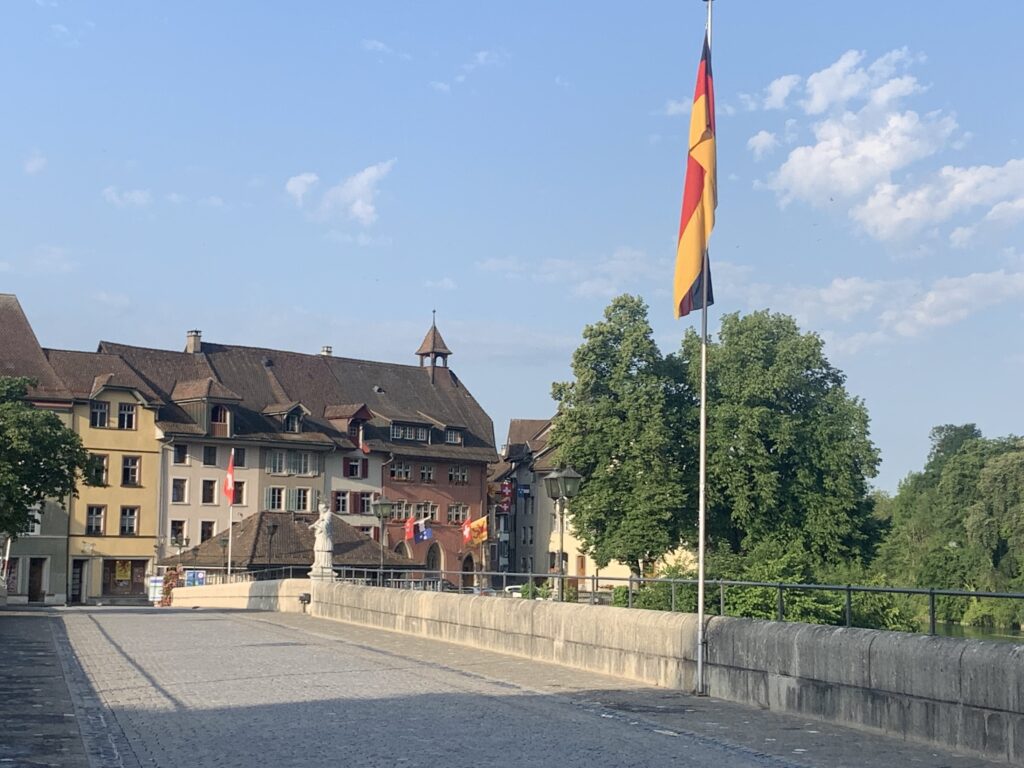
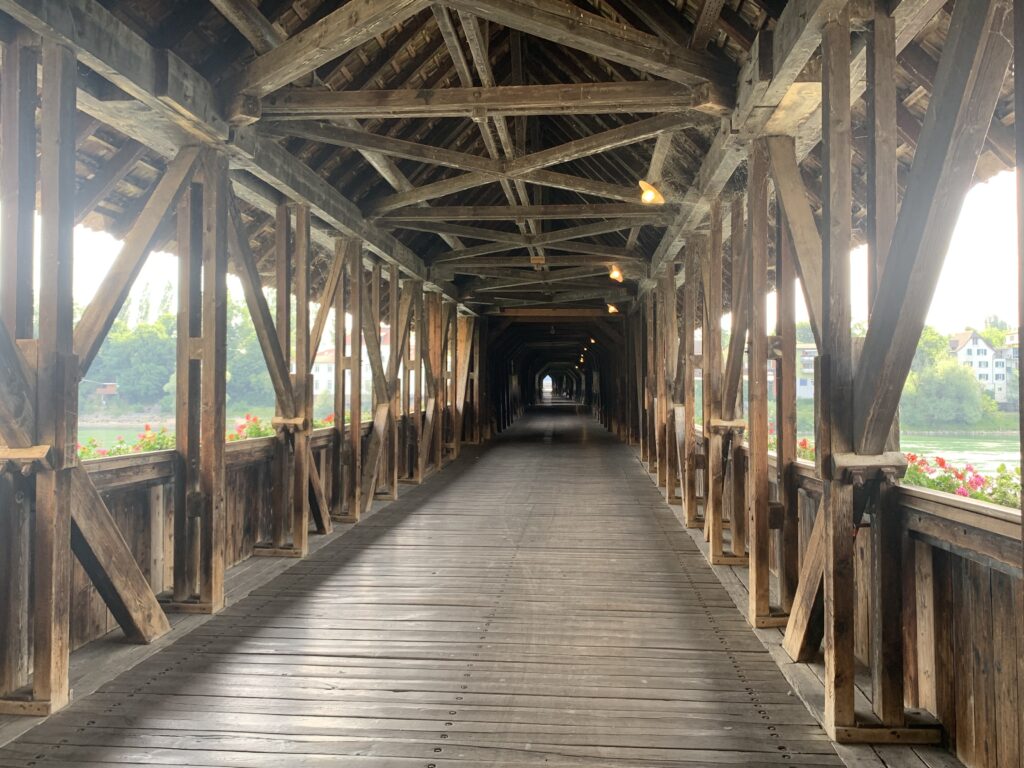
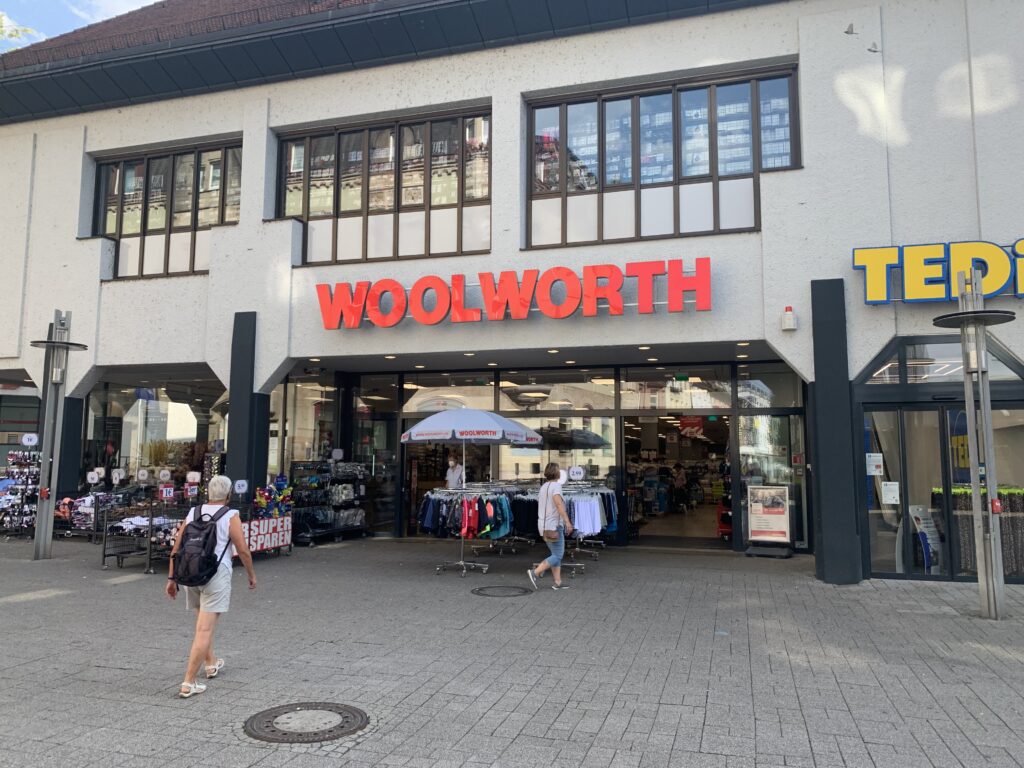
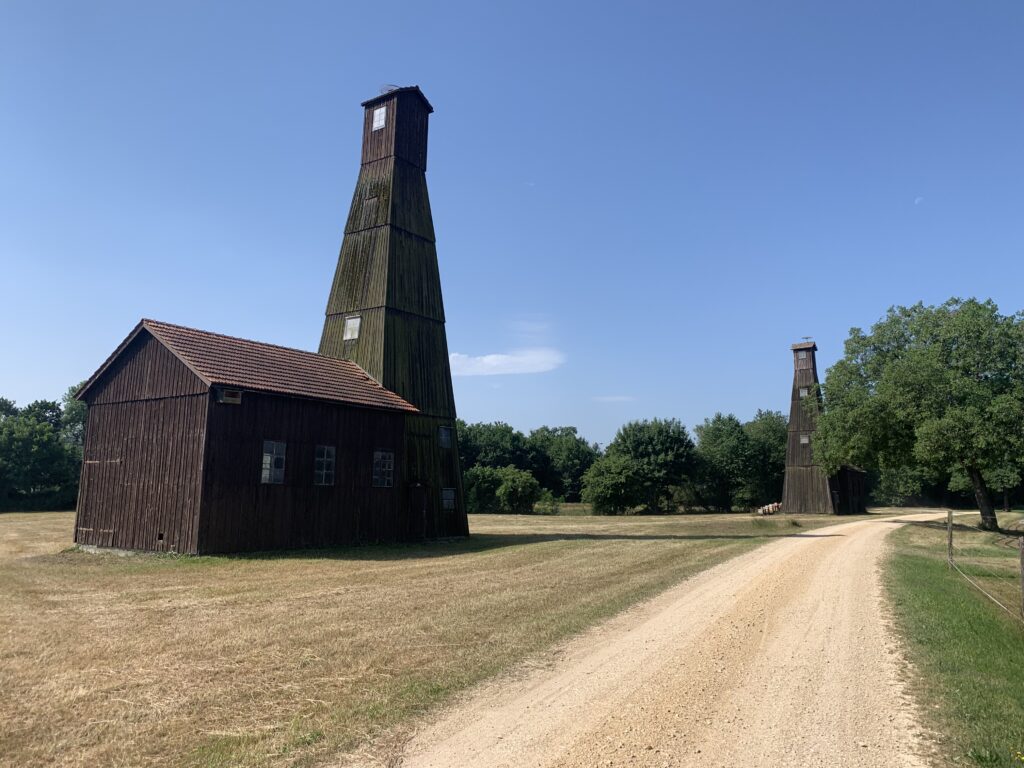
On towards France and the now burgeoning Rhine splits the city of Basel in Switzerland in two. Based in Switzerland, Basel also has suburbs in both Germany and France in keeping with the multi-national and linguistic character of the region.
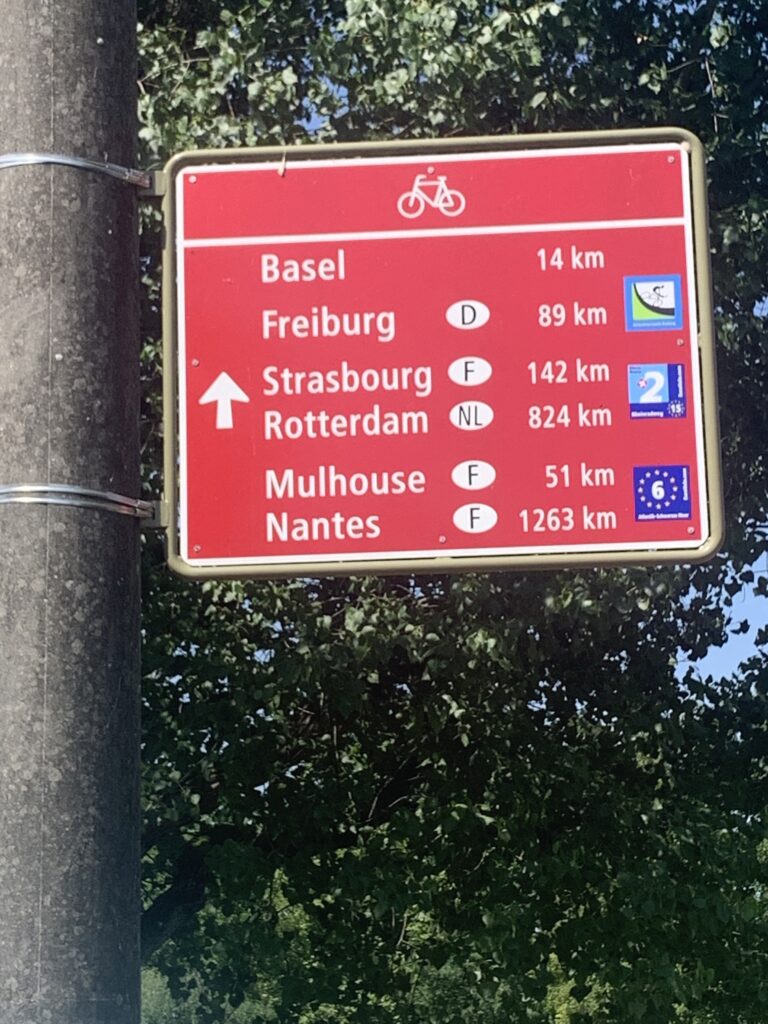
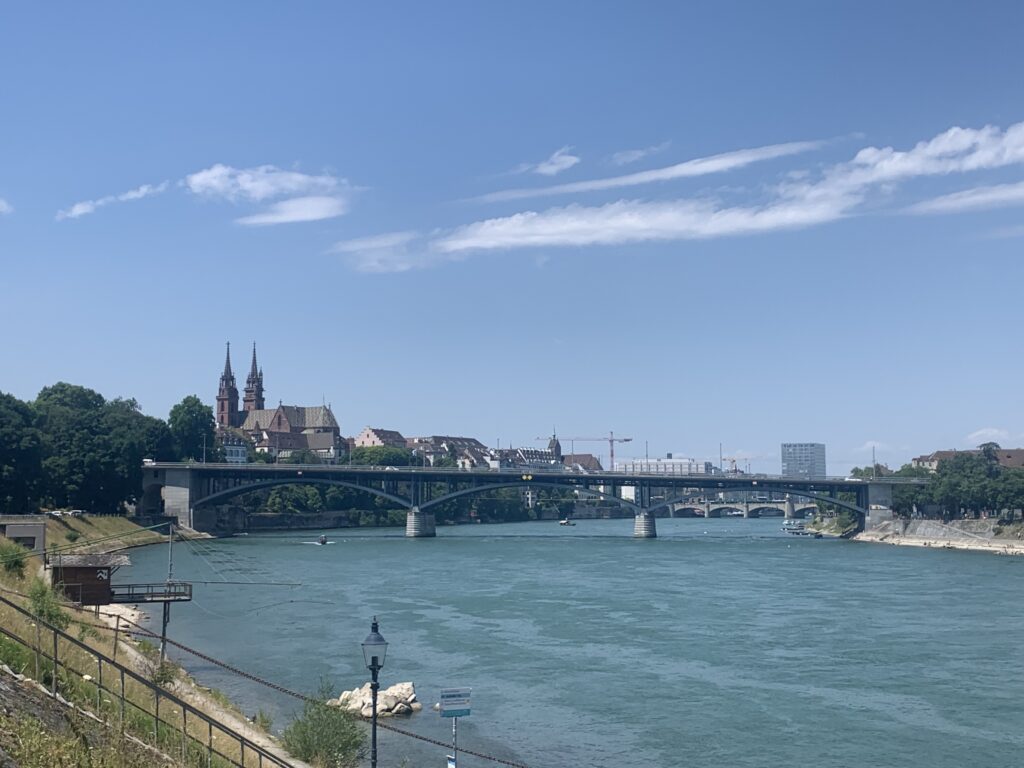
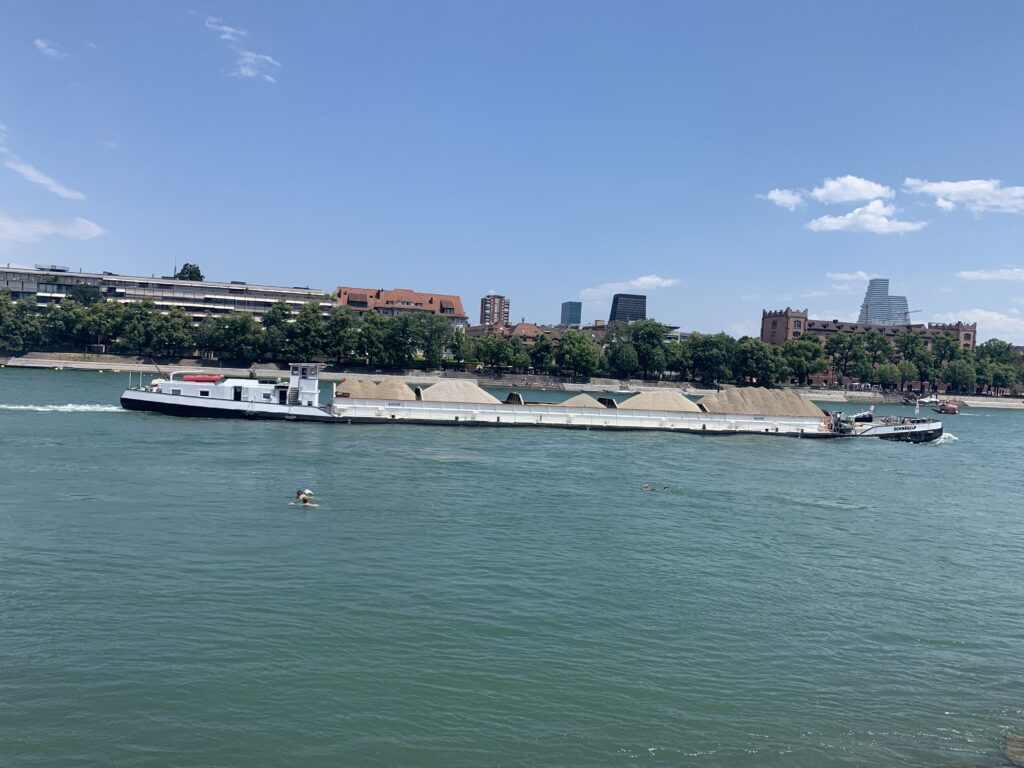
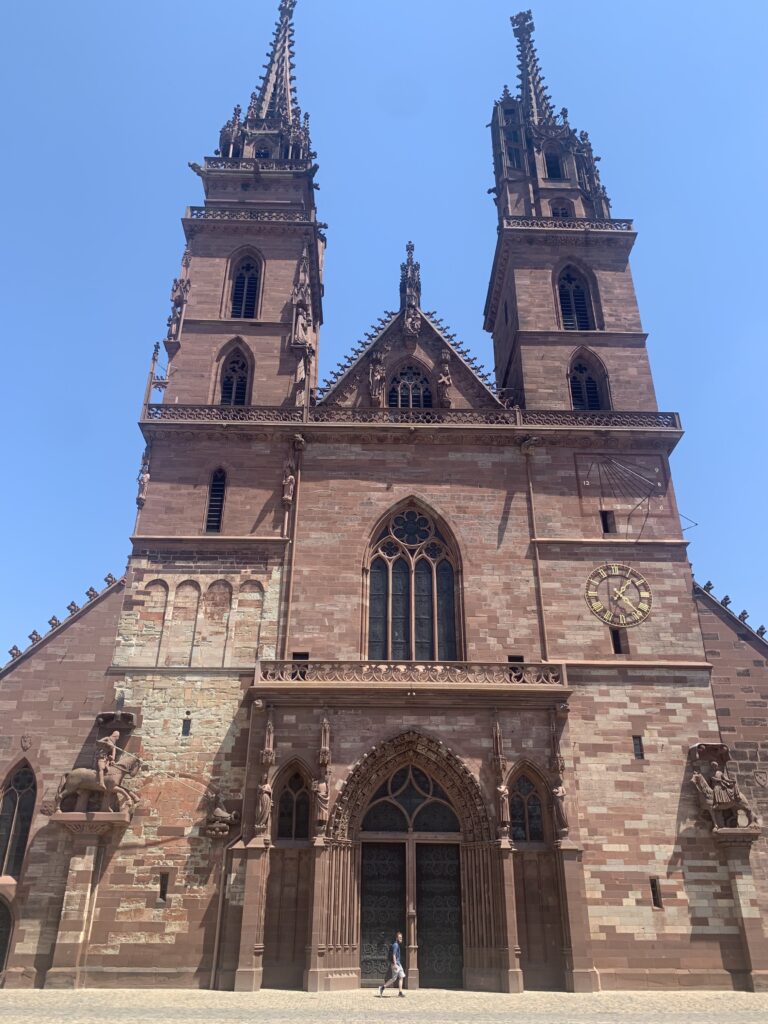
Into France and Alsace-Lorraine, which despite being one of the most strategically important fought over areas of Europe historically, now has a sleepy agricultural backwater charm (a three person queue in an Aldi supermarket checkout took 15 minutes due to general chatting and unhurriedness). The Marginot line (military defences built by the French in the 1930’s to deter German invasions) is here, hopefully not needed any more. There is commemorative detritus from 20th Century world wars scattered around and a memorial for the battle of Pont Beuc where tragically 1500 French colonial soldiers were lost near the end of WW2. In keeping with the history of the territory passing to and fro between France and Germany many towns retain Germanic sounding names such as Munchhausen, Durselheim and many other names ending in ‘heim’.
Eventually the endless corn fields petered out and we wheeled into cosmopolitan Strasbourg, the seat of the European Parliament. We stayed in a French Budget hotel called Premier Classe (someone has a sense of humour, it was fenced in and locked up up like a fortress) in a part of Strasbourg with many immigrant communities, a noticeable contrast to the European parliament side of the city. A slightly edgy feeling environment after Switzerland and rural Alsace but nonetheless a relief for me to get some great affordable Asian food after the general fare of supermarket bread , cheese , pre packed salads and tinned fish topped with nectarines.
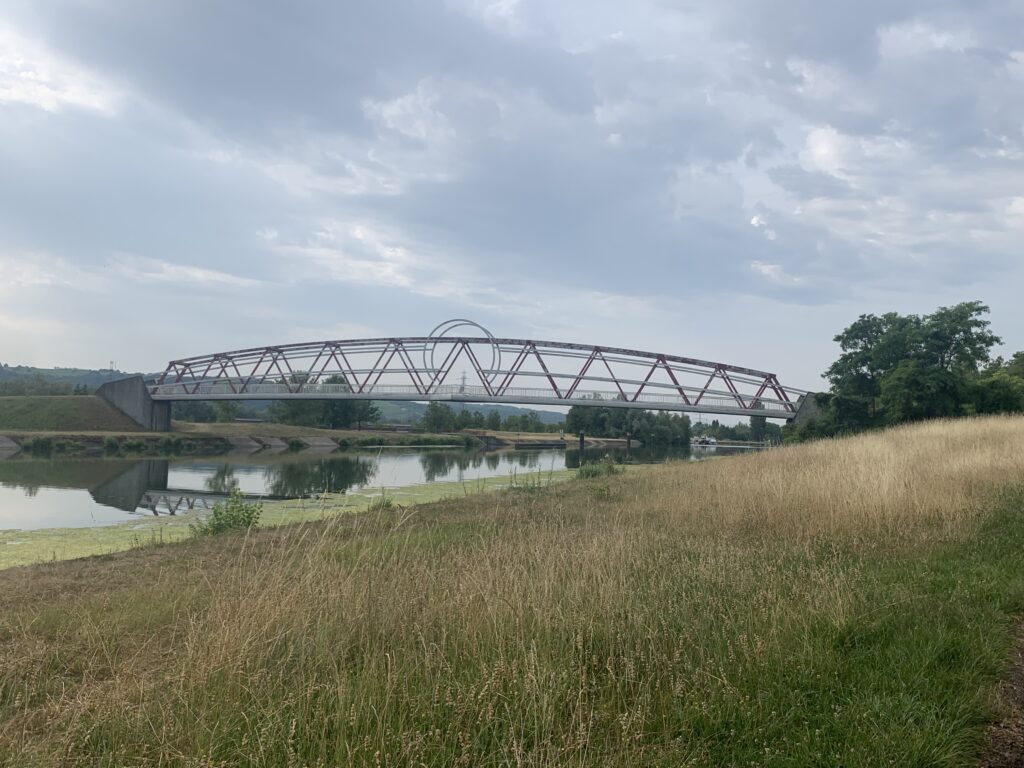
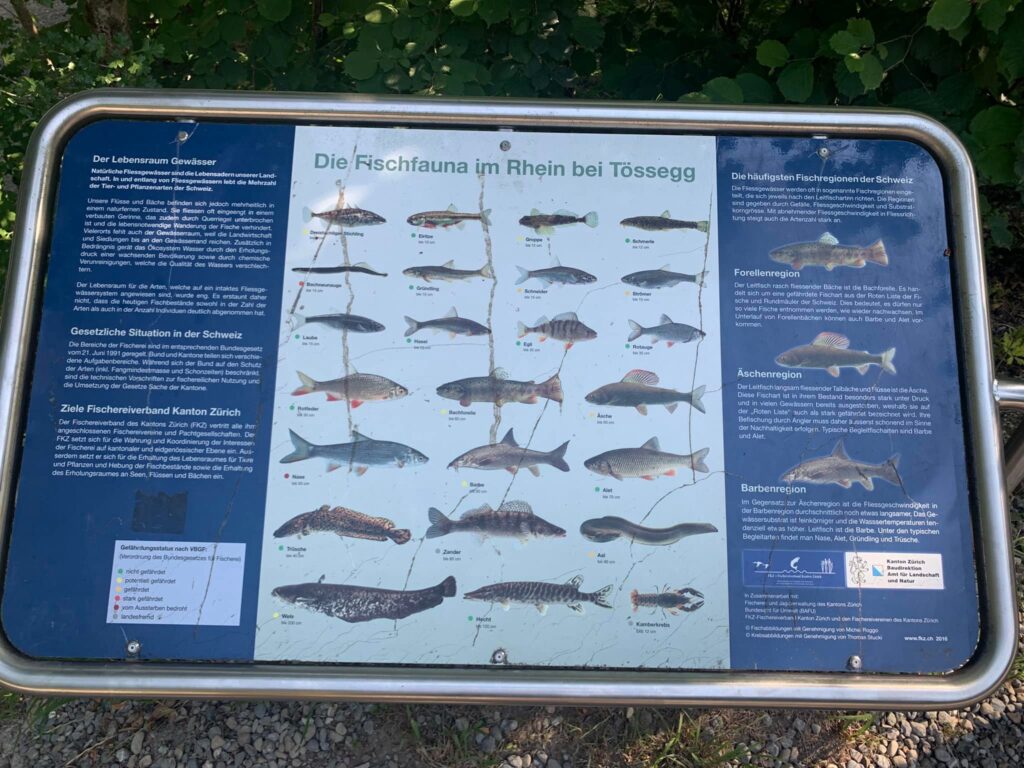
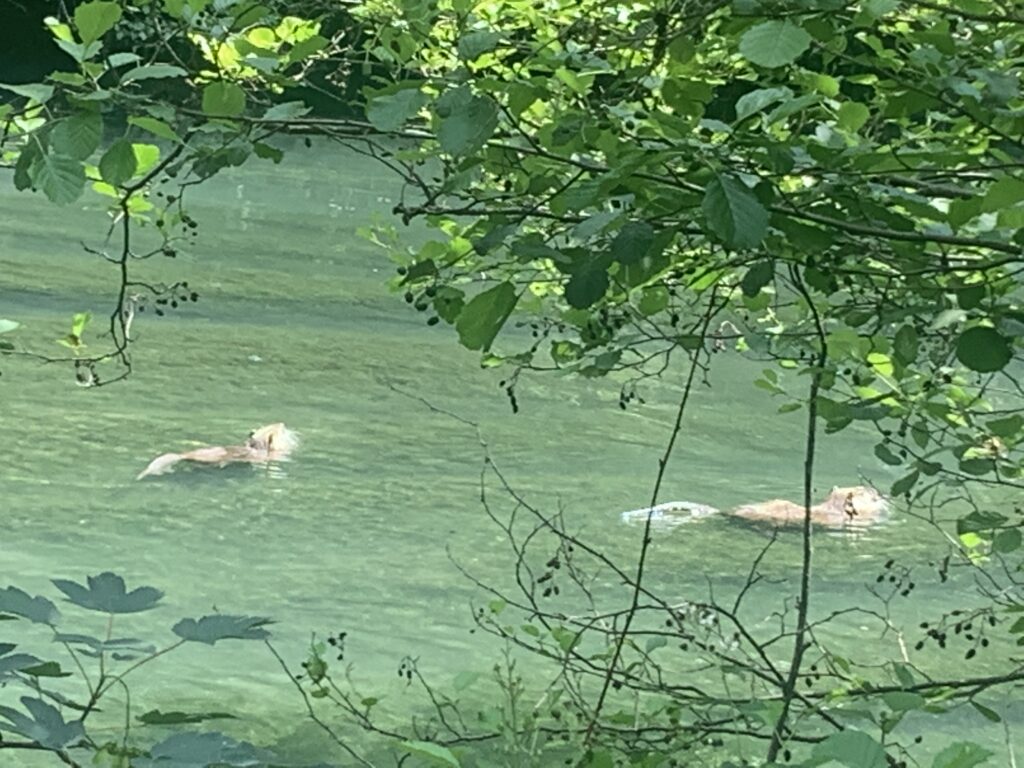
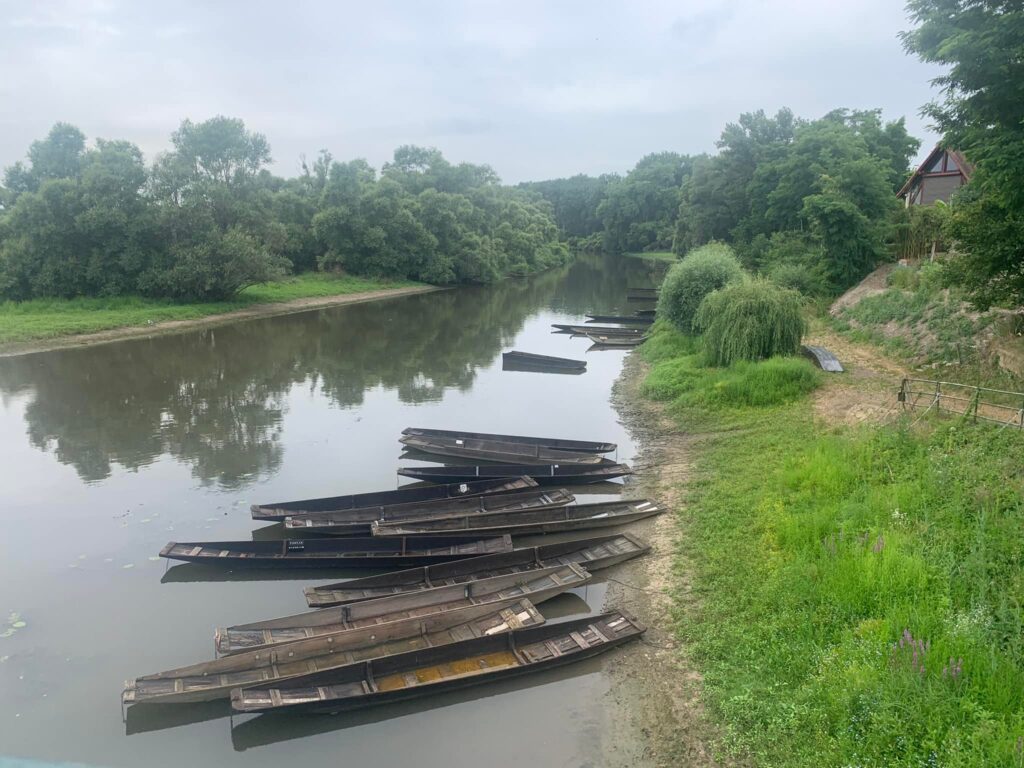
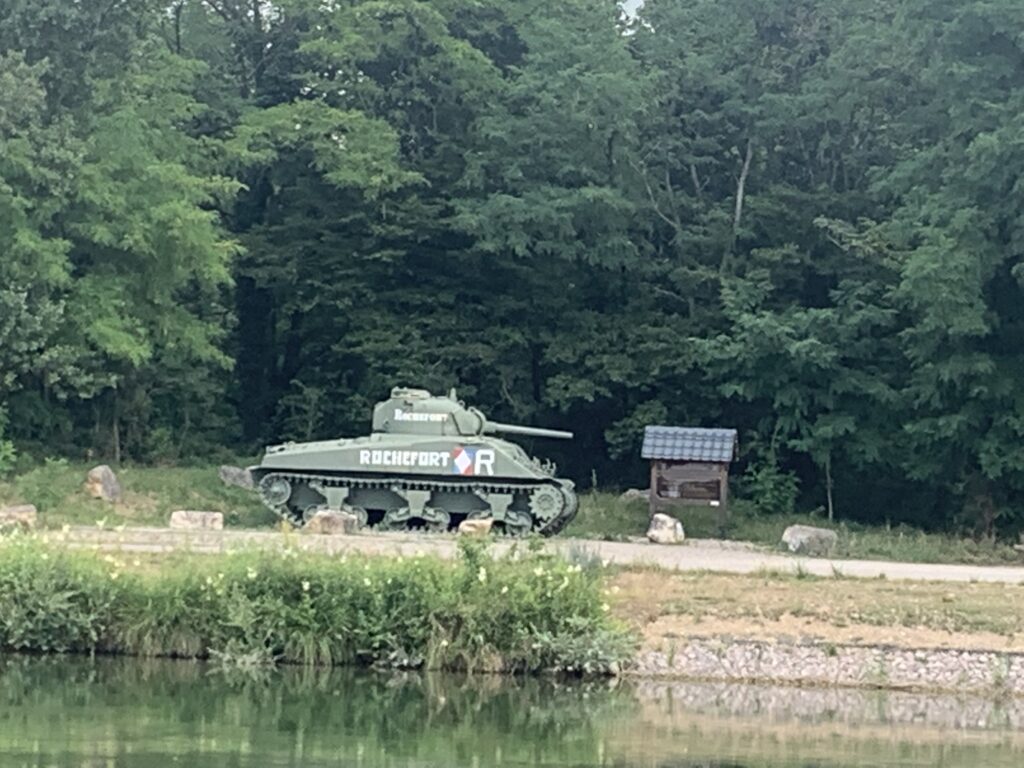
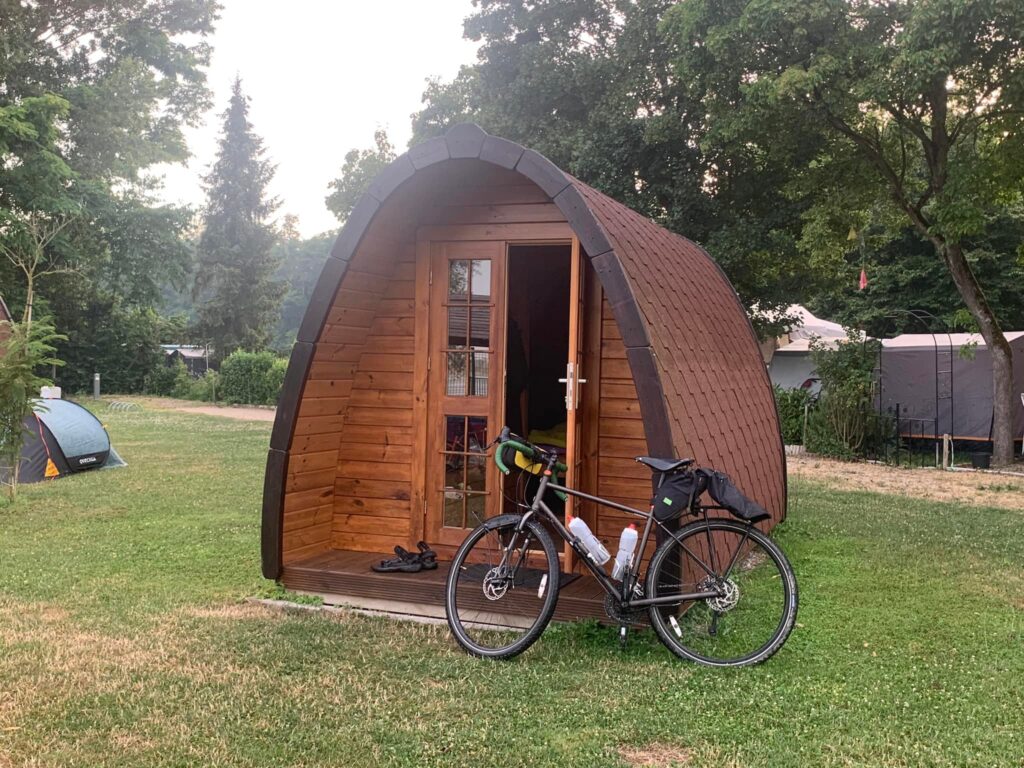
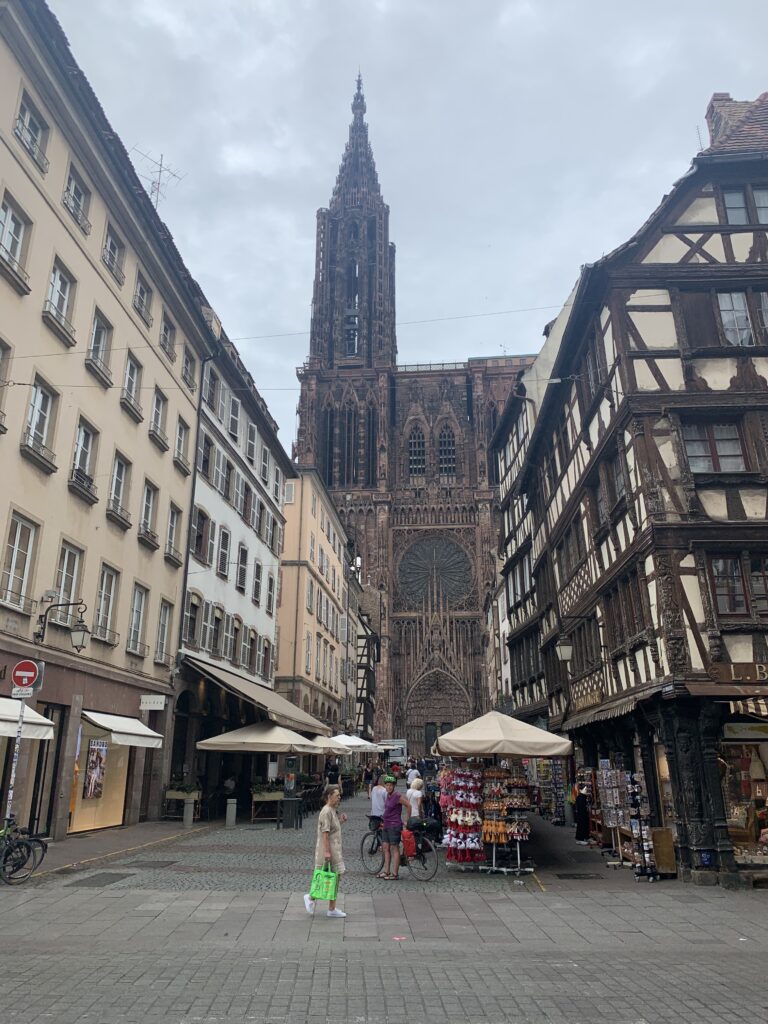
The Rhine expands swells and dilates into the western regions of Germany, part of Europe’s industrial heartland. Grittier cities such as Mannheim (the home of Mercedes Benz and great street food) and Speyer (very hot and sleepy as we passed) co-exist with very old European Christian centres such as Worms. Quieter rural areas in between are home to many storks.
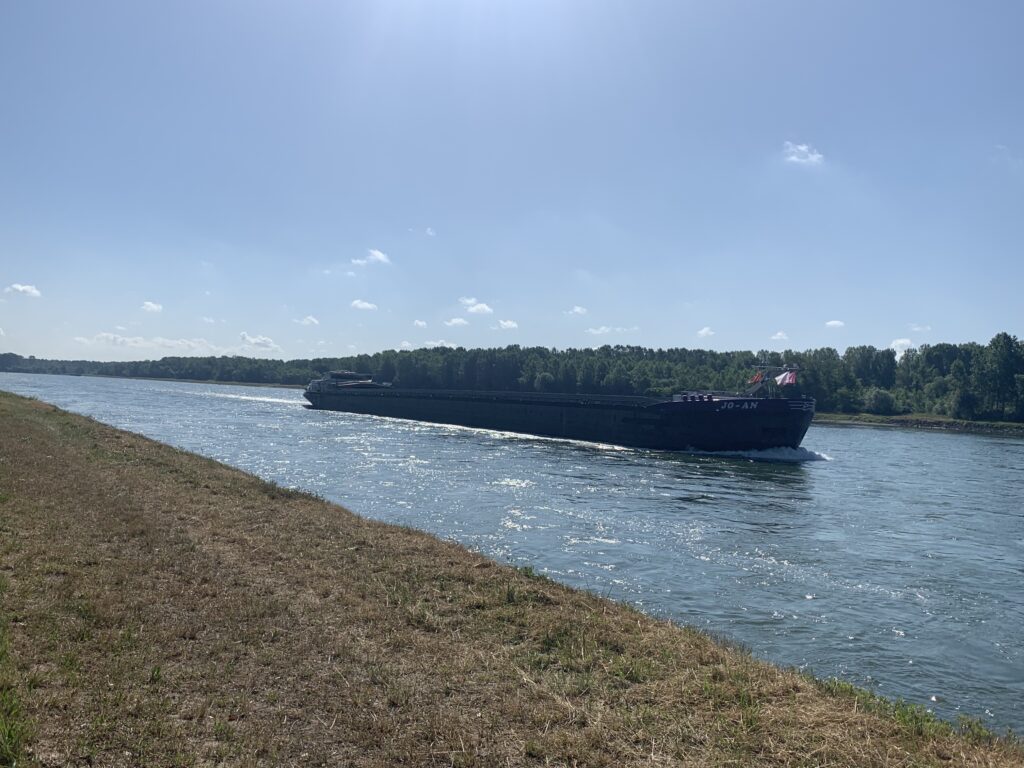
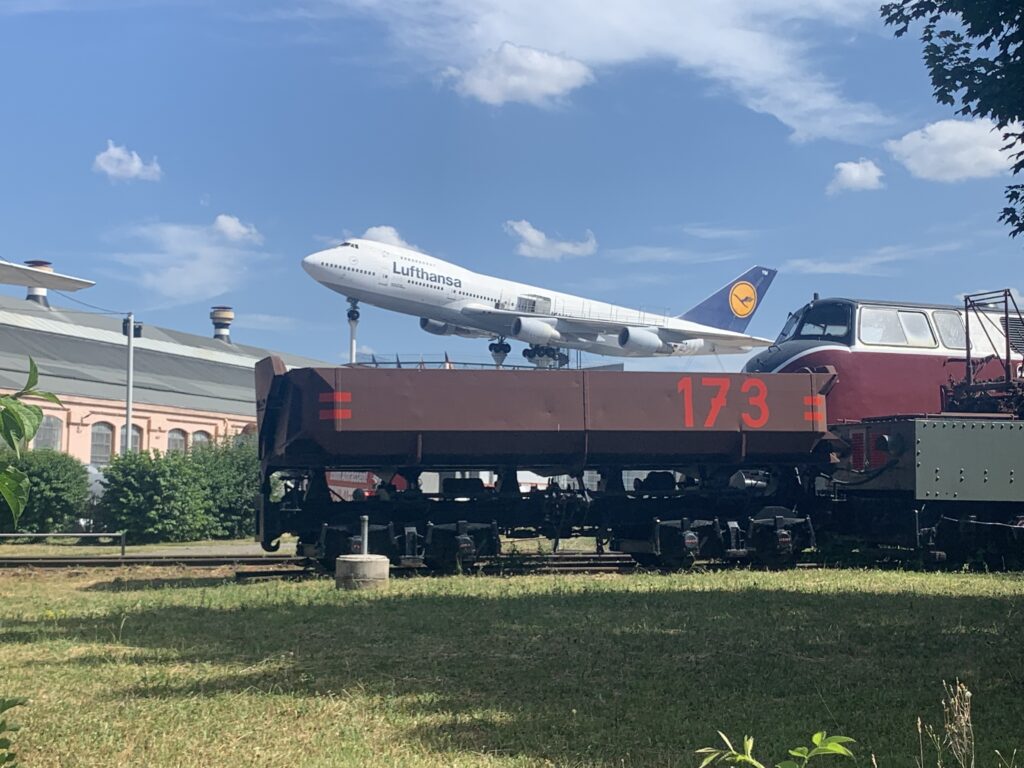
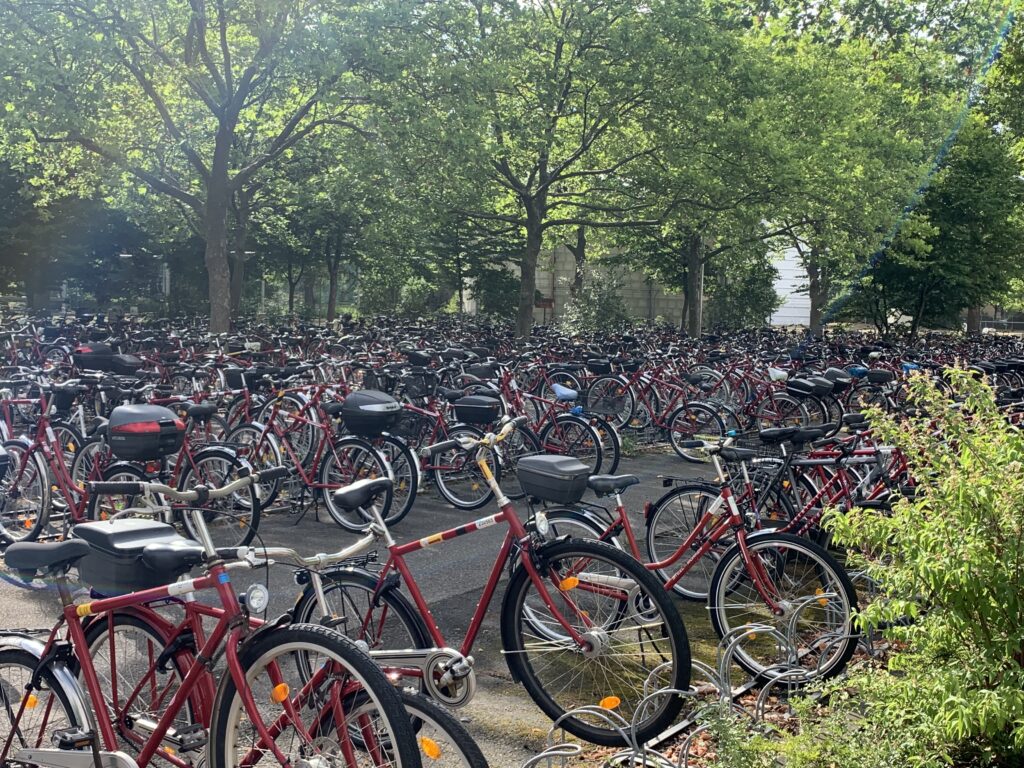
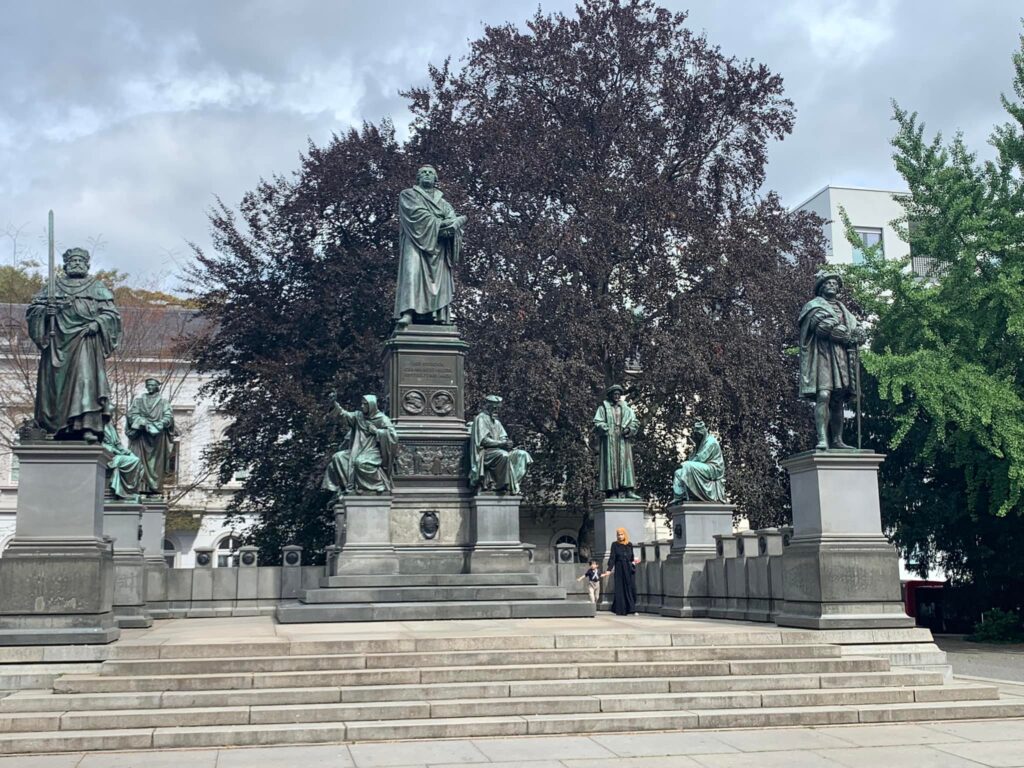
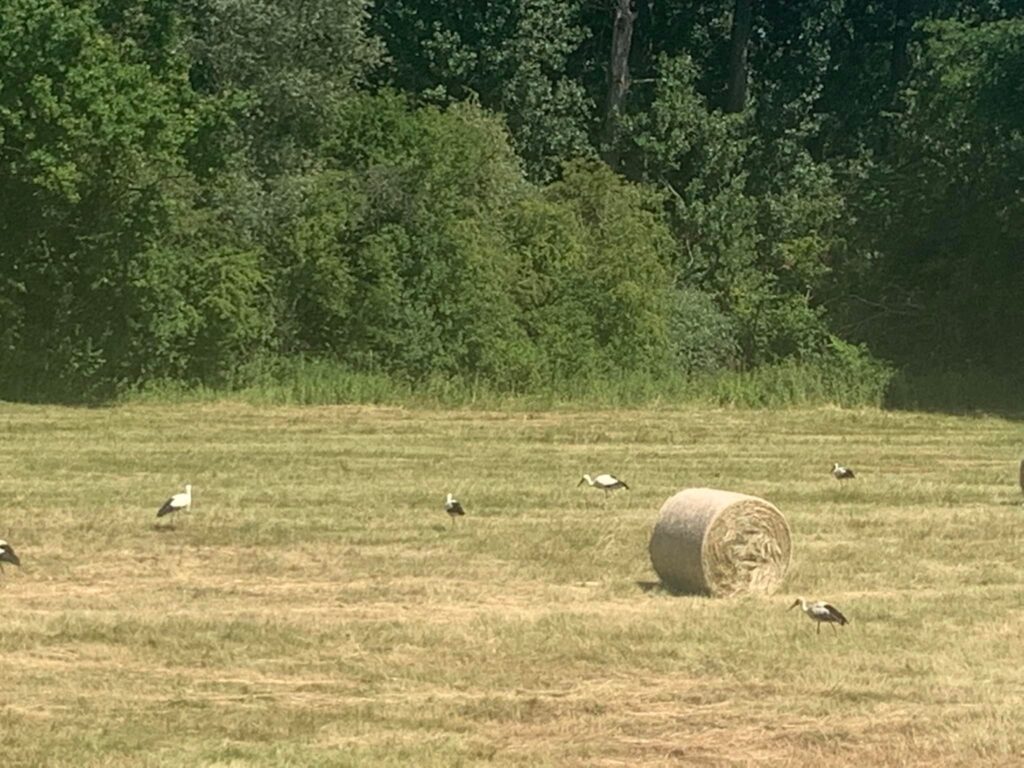
Peddling slowly north along the middle Rhines the industrial region gives way to the visually striking wine growing region in and around the Lorelie Gorge with castles and vineyards adorning the steep hillsides. On the other side of the gorge warm weather greeted us through Koblenz (appealing), Bonn (a university town) and on to the bigger city of Cologne.
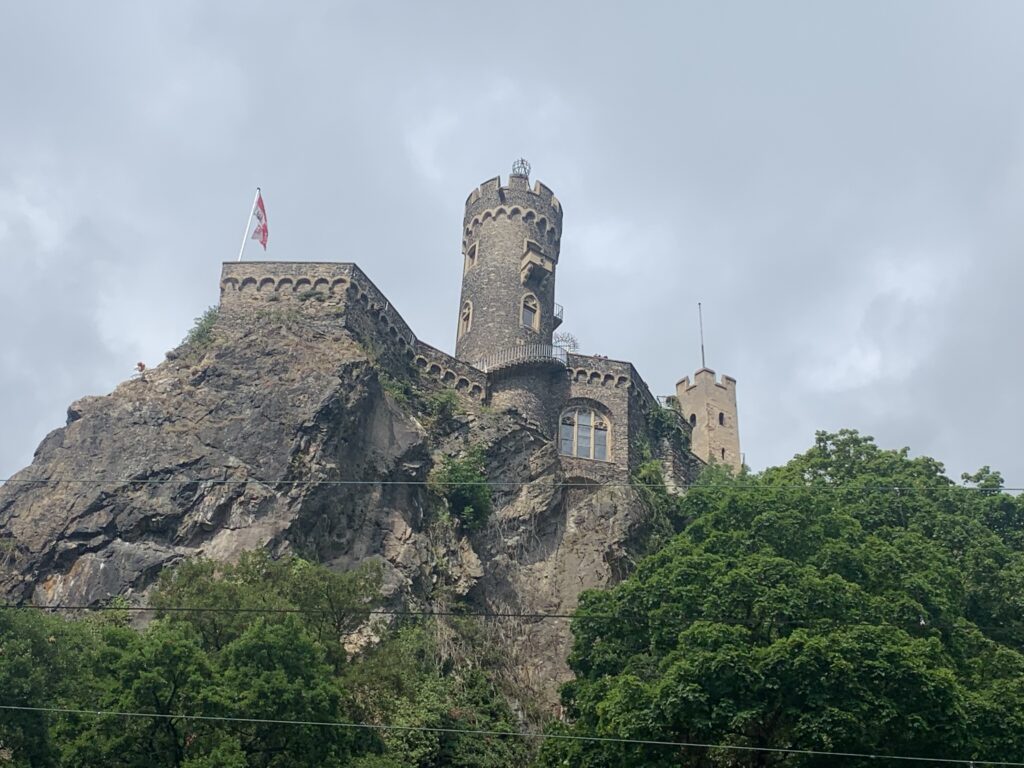
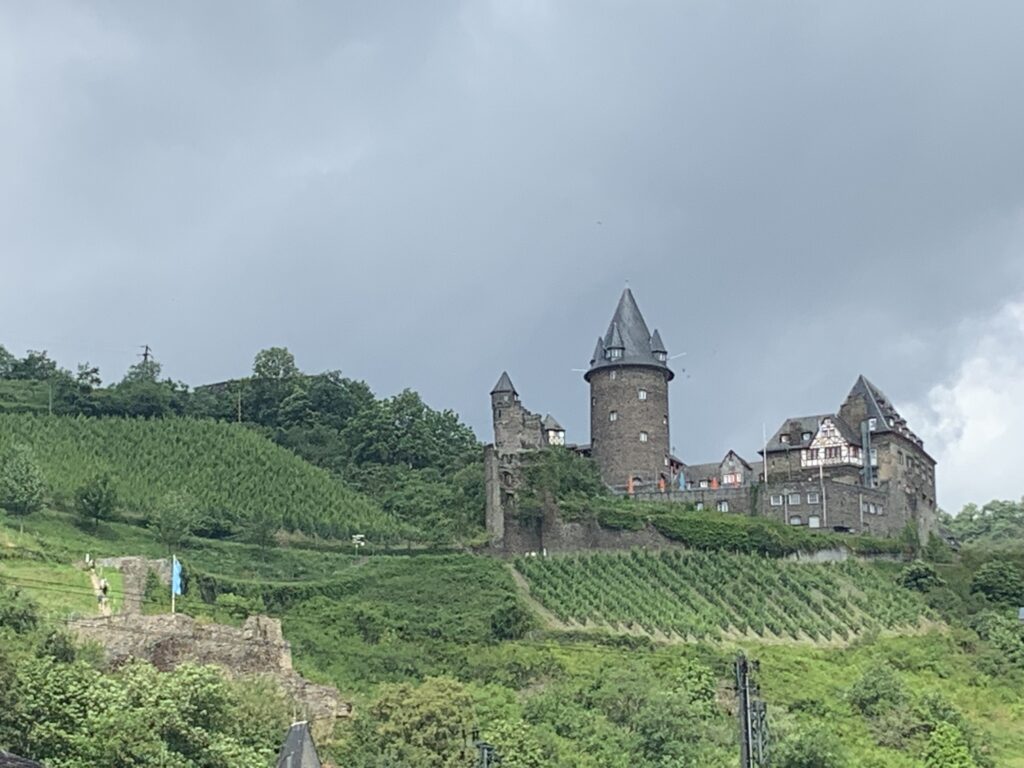
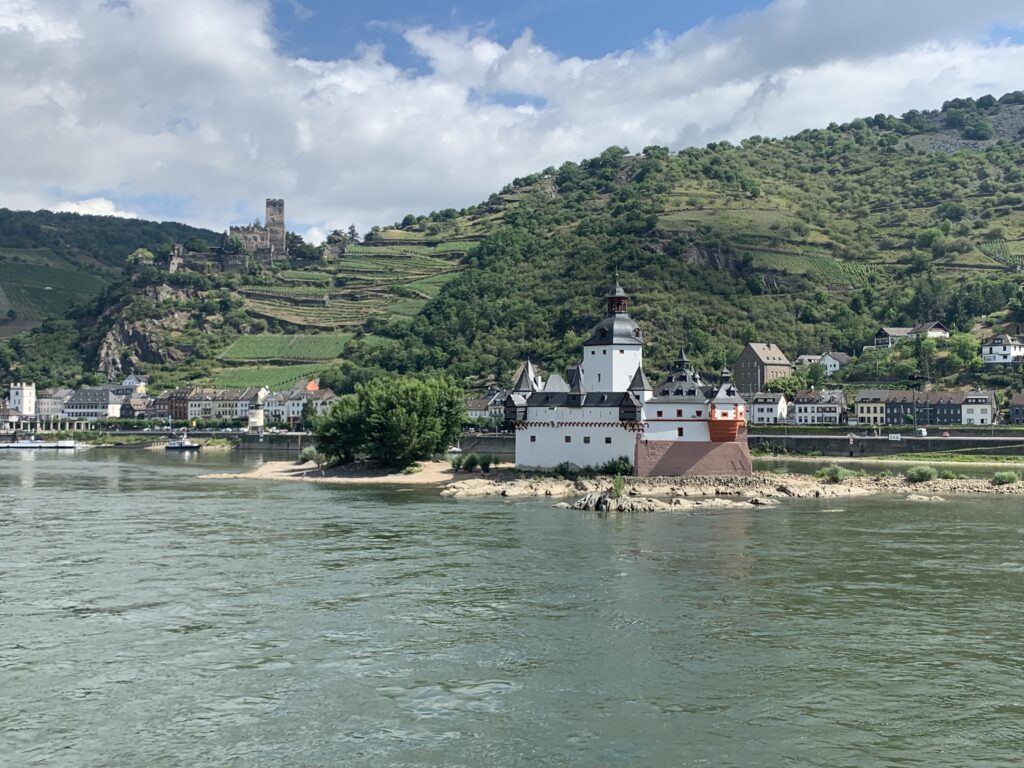
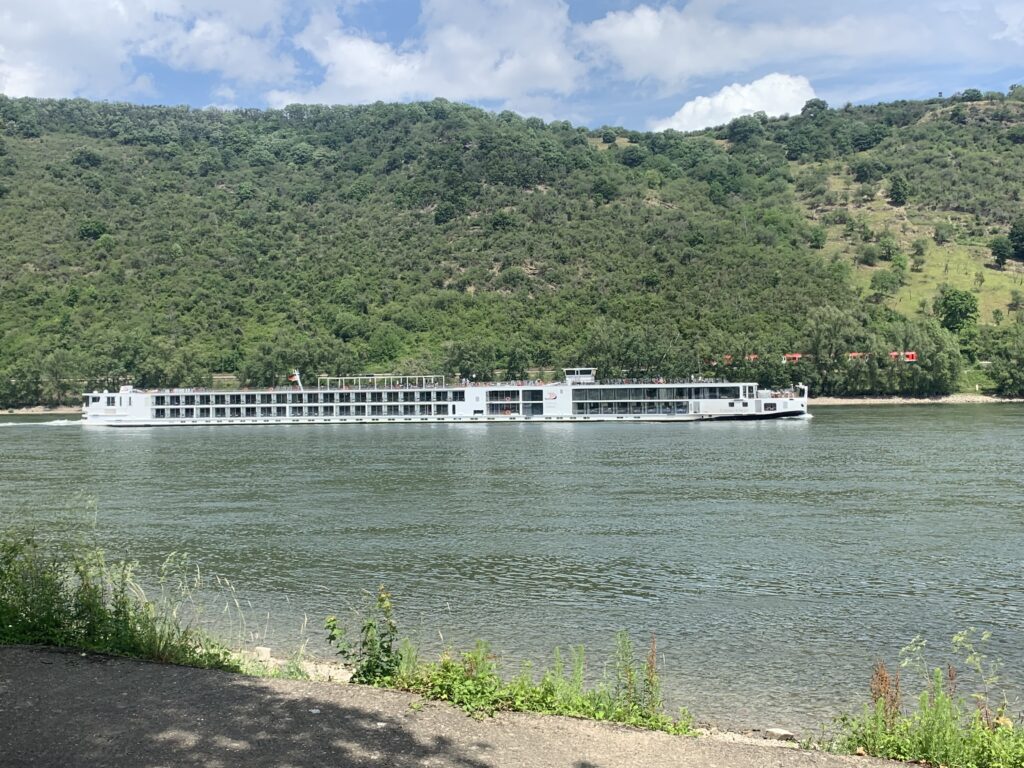
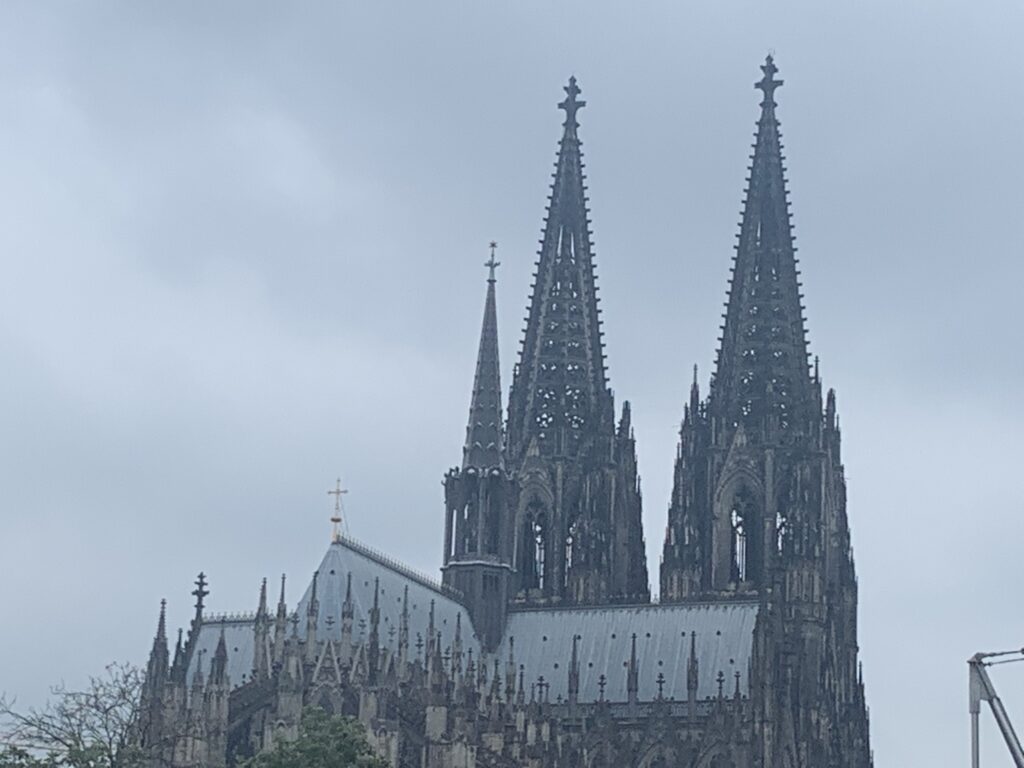
From Cologne the land spreads out as we headed towards Holland and is often somewhat non-descript, but pleasant enough to cycle through, apart from Duisburg which seemed like a special kind of cyclists hell to get through with an unusually poor infrastructure for this part of the world.
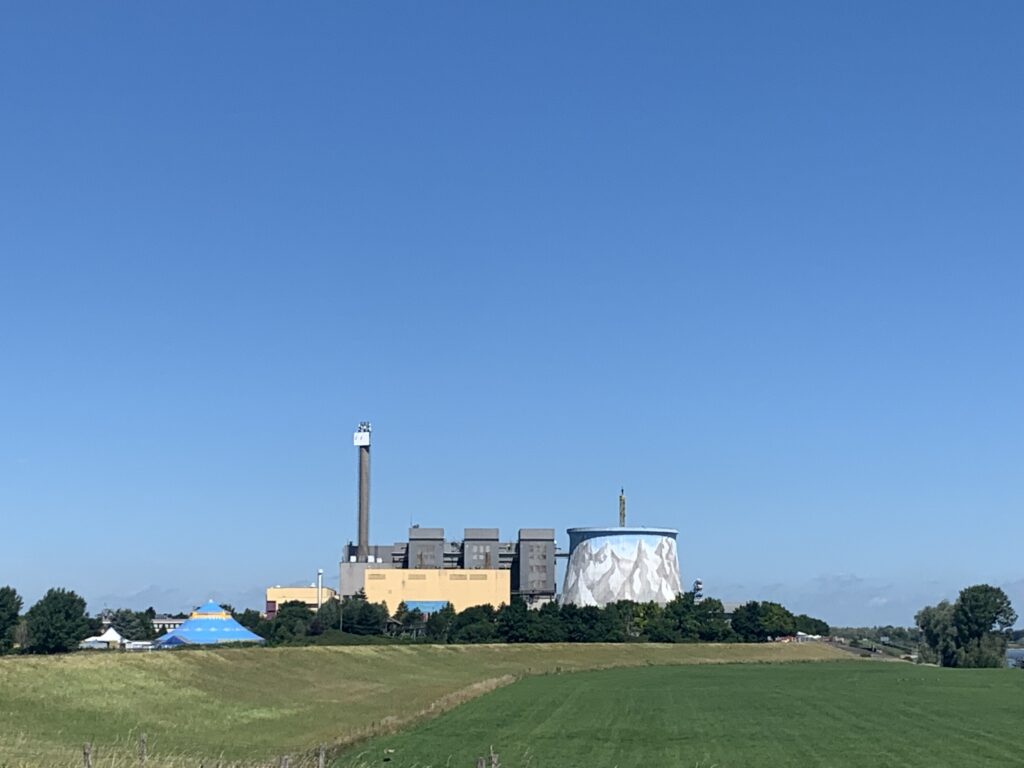
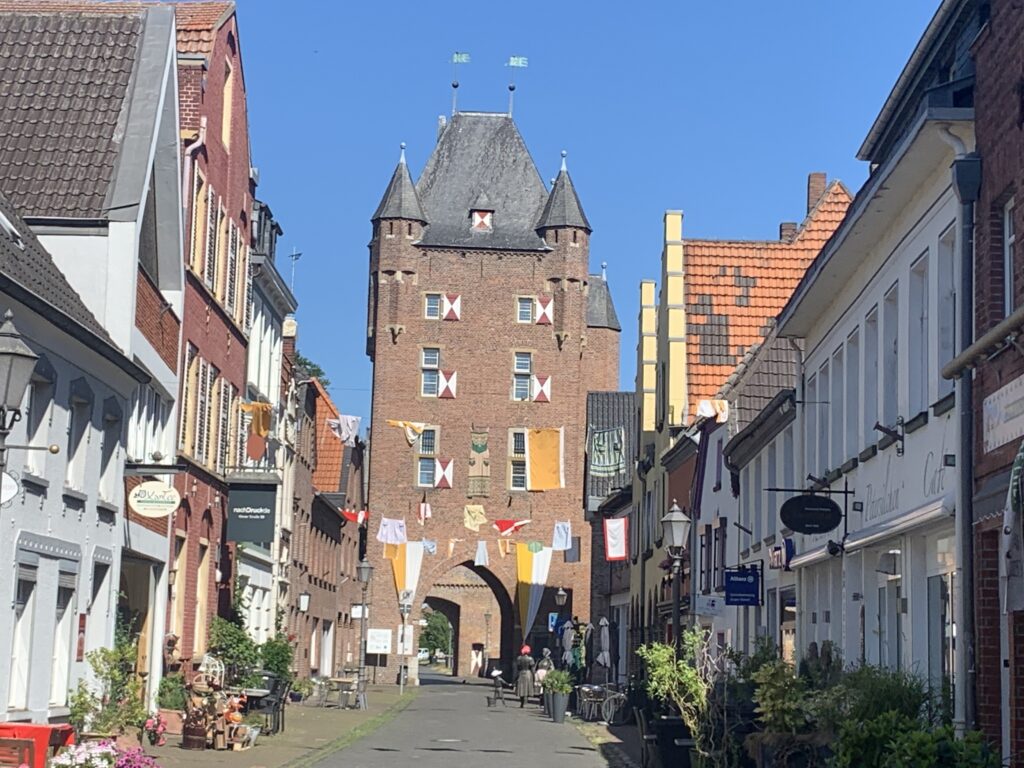
Entering rural Dutch flatlands punctuated by windmills, waterways and dykes the cycling infrasture in the Netherlands is the joy you would expect. Apart from its cycling culture, Holland is the country that knows the most about water management with land reclamation evident everywhere. The Dutch are called in for many water related geographical challenges worldwide and increasingly countries may need their expertise if sea levels significantly rise. With a fair wind (or no wind) it’s possible to cycle across this densely packed country in a day according to local serious road cyclists I spoke to (though we took two).
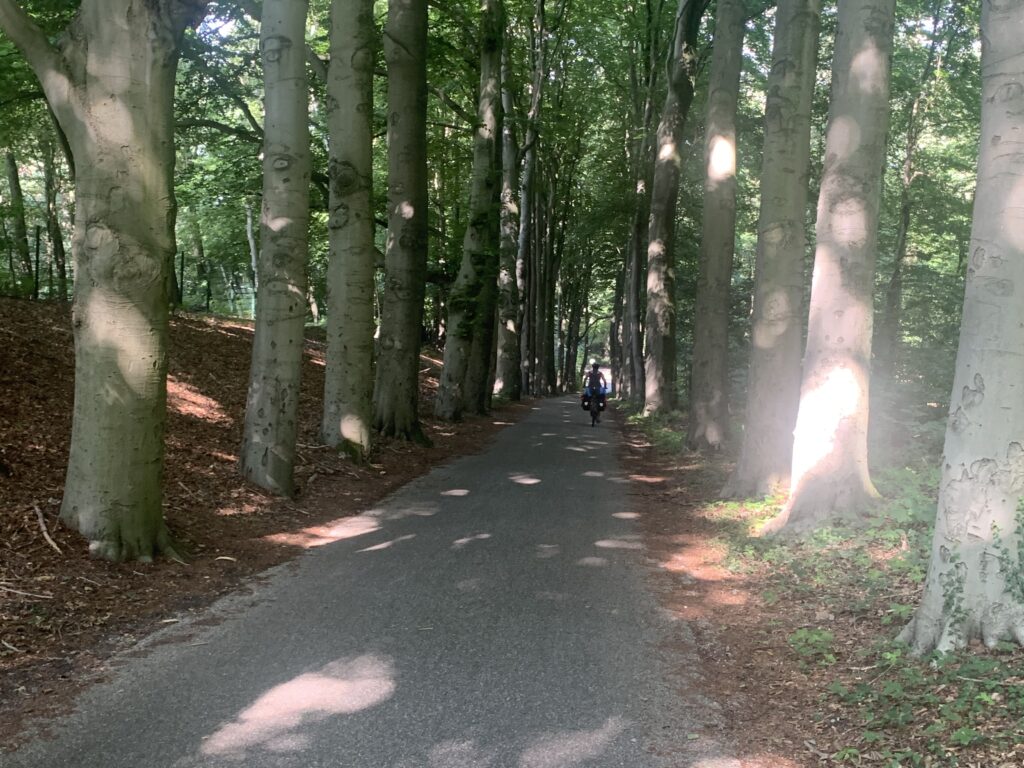
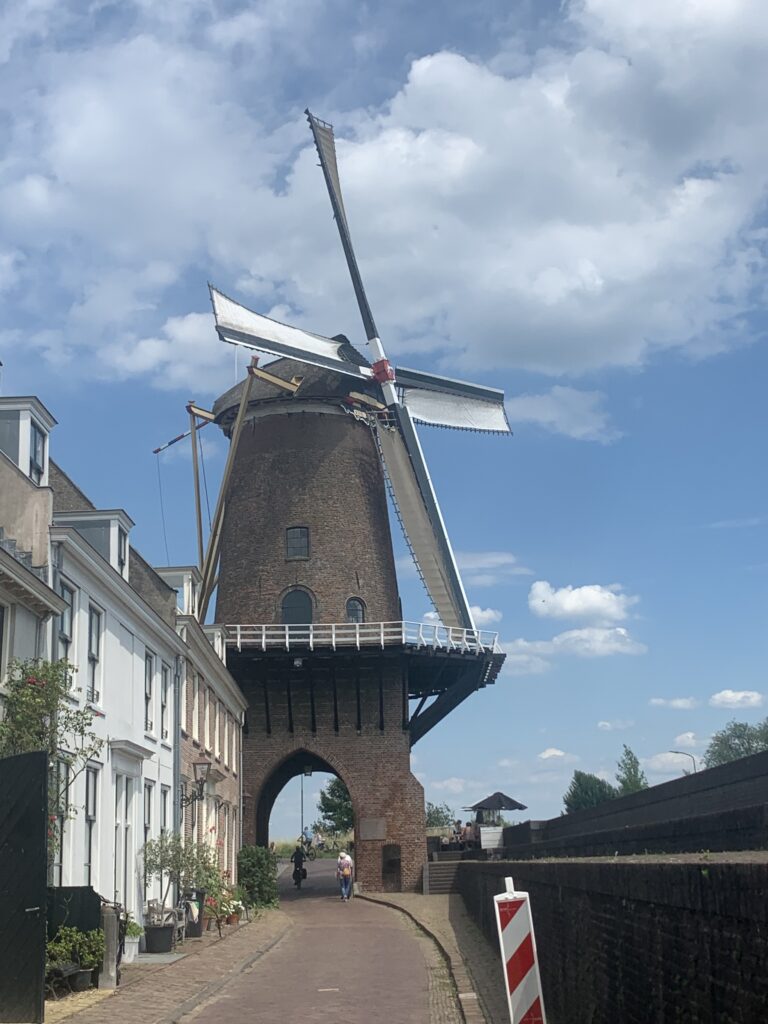
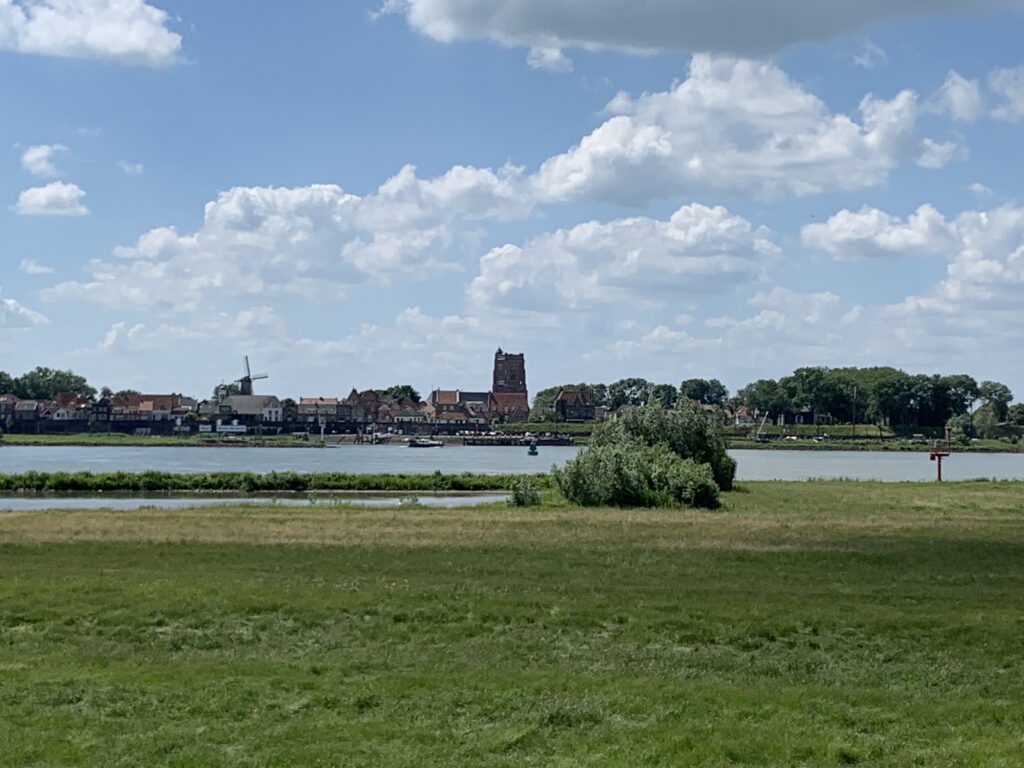
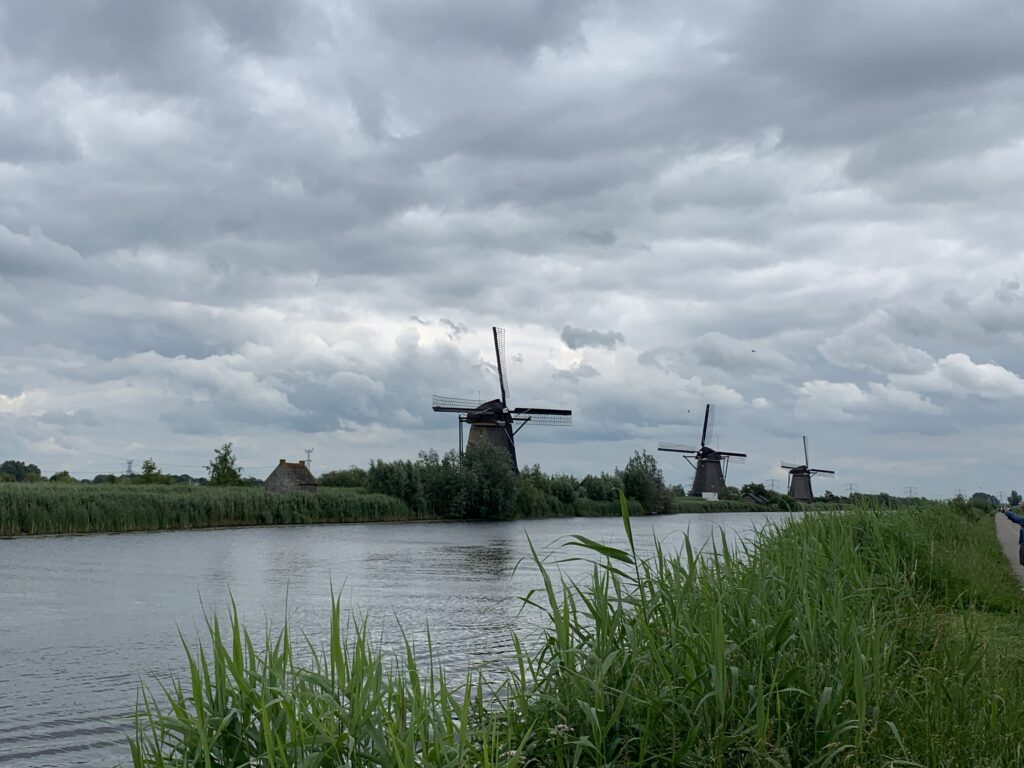
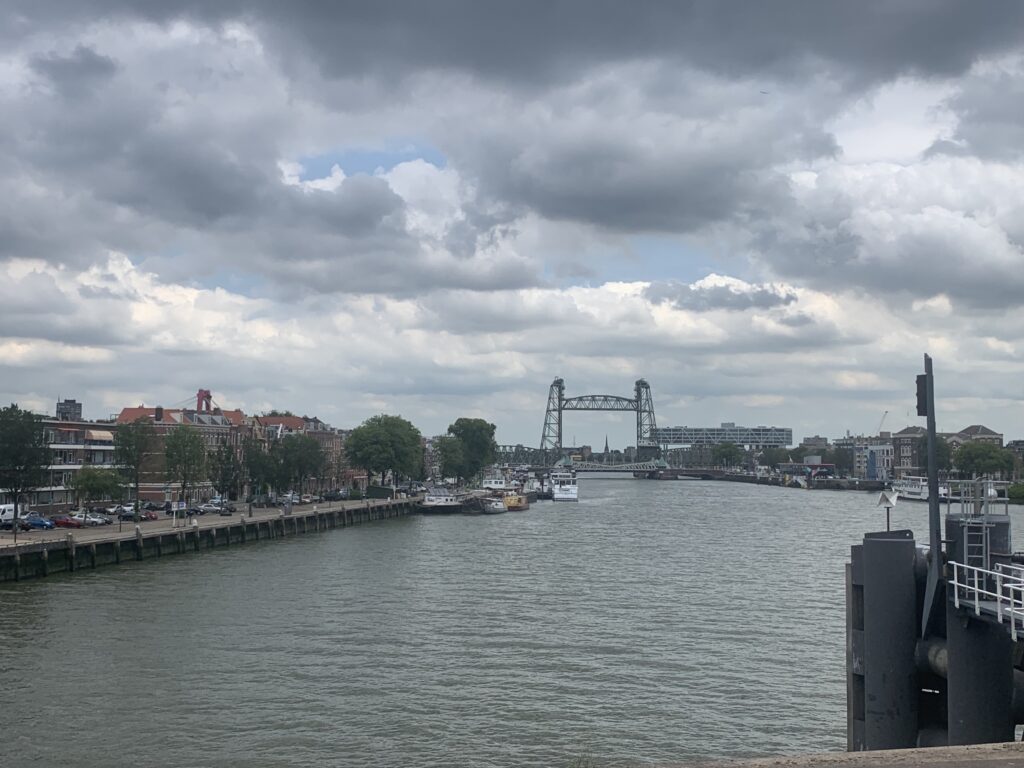
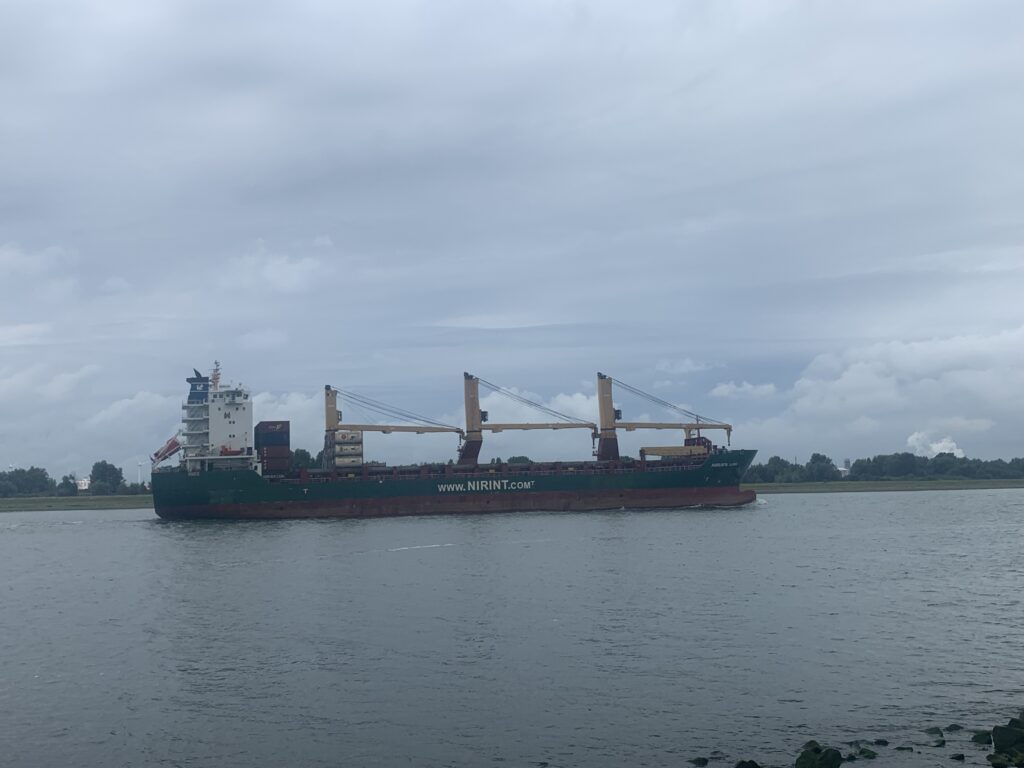
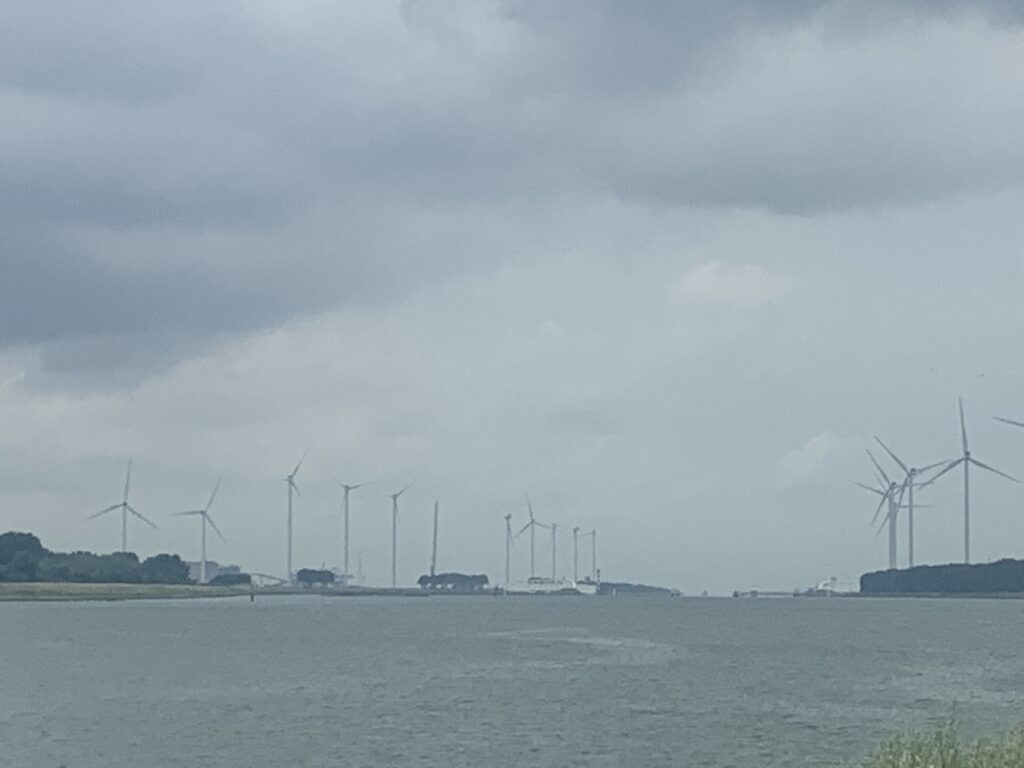
Luckily we just beat the rain to sit in a cafe in Hook Van holland in the warm glow of our completed journey and await our night ferry back to Harwich UK.
Supporting Me.
The content of my website is free but not cheap, I put a lot of work into it, so any donations to support the running of this website , or show your appreciation for any articles/blogs would be greatly appreciated . Thank you .
Buy me a coffee. If you can support me by buying me a coffee either here https://www.buymeacoffee.com/nev or via the coffee cup icon that would be amazing – thank you.
Follow me on Medium. You can also support me by following me on the writer’s platform Medium . This would elevate my profile there and they pay me if I get more followers – this would help a lot, thank you. You will need to create an account, I’m told told this is very simple with your own password, less so if you try to do it through google.
Subscribe to my newsletter. You can subscribe to my newsletter for occasional news and updates on new articles/blogs by signing up in the boxes below or to the right depending what you are reading this on .
Share my posts. If you know others who would appreciate this post please forward or share on social media . Sharing is caring.
Thank you.
